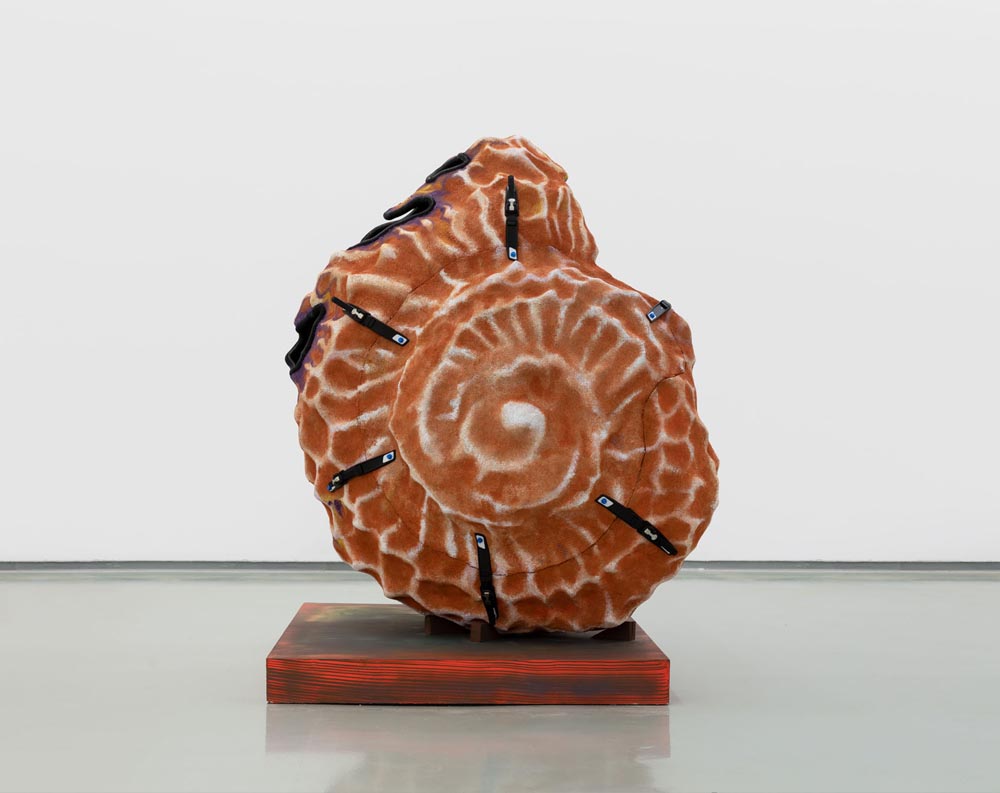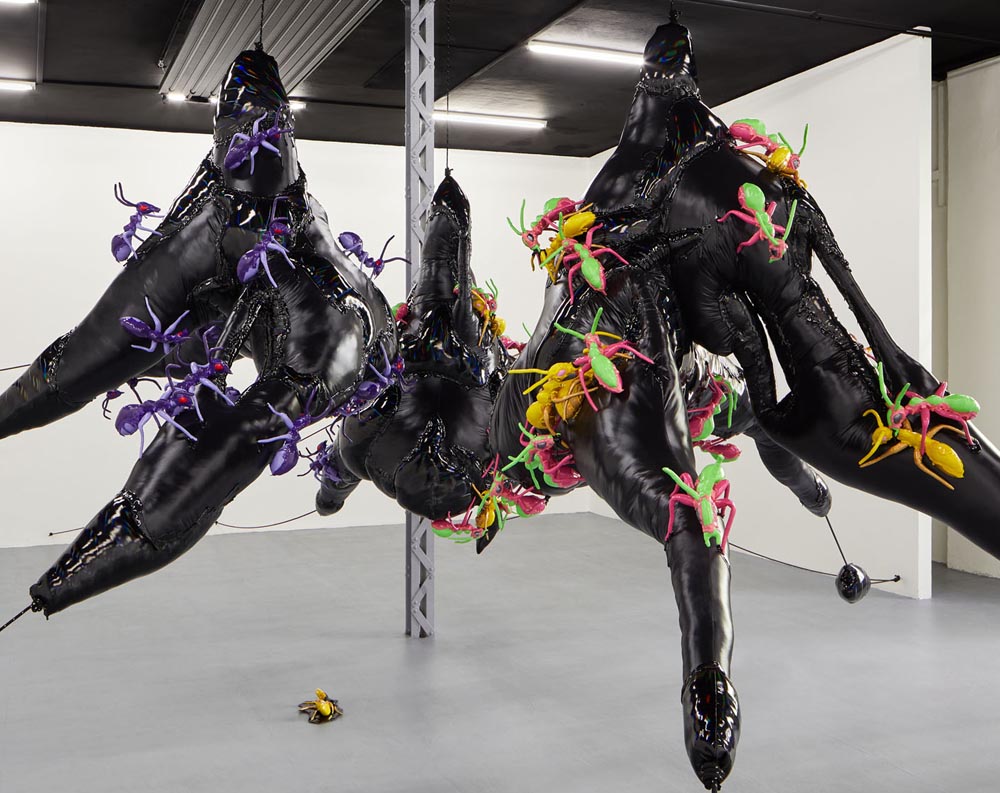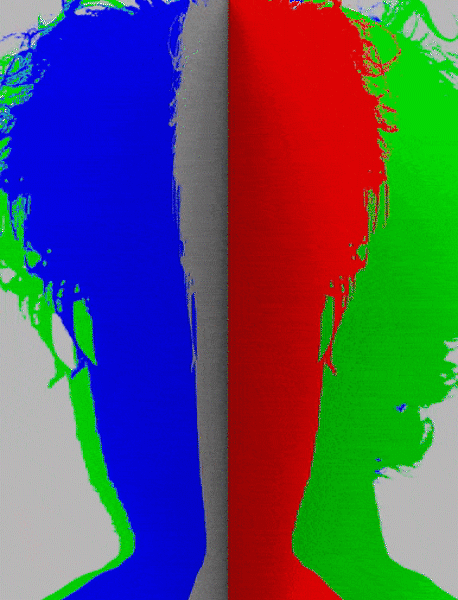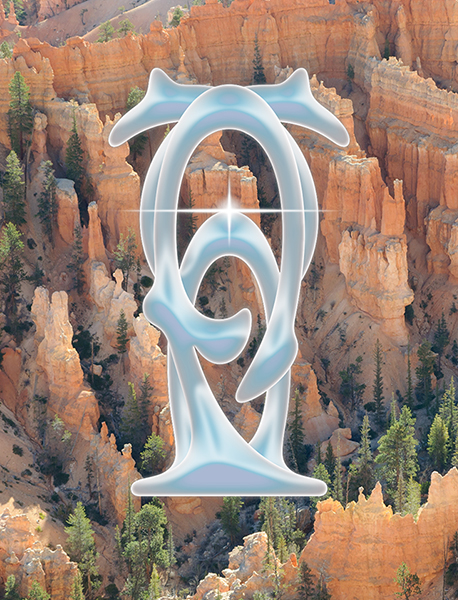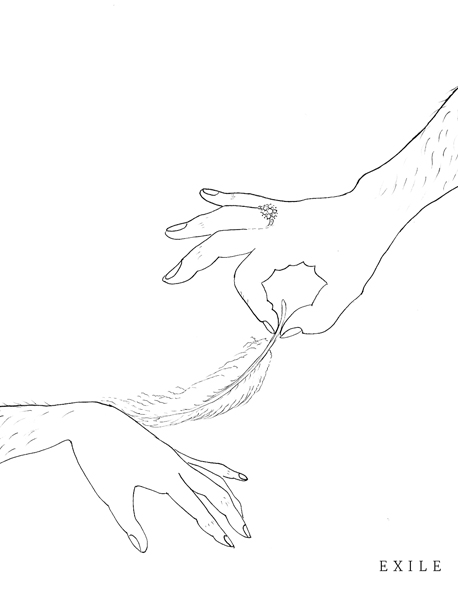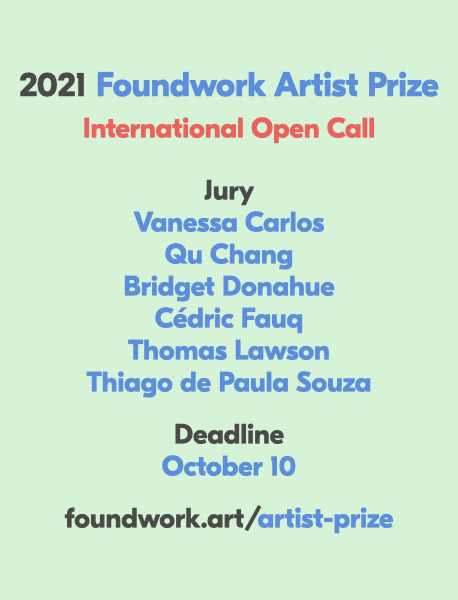OFLUXO
Johanna Härkönen & Eetu Sihvonen
At Titanik, Turku, Finland
June 11— July 04, 2021
Photography by Noora Lehtovuori
Salvete!
Constituted upon the psychogeographical sediments of Ye Olde Turku and synchronized with the city’s annual Medieval Market, A Trip to Cockaigne unlocks a topsy-turvy heretic utopia. Johanna Härkönen and Eetu Sihvonen sike the beholders out by a lucid imagination of mythical Cockaigne, a fool’s paradise, where peasants’ wildest dreams come true. Ergo, taketh the trip to this feudal fantasyland if you dare!
In a proposition of radical worldbuilding, Härkönen’s and Sihvonen’s first joint exhibition buffs the gallery space up with a range of new works by both artists, as well as an assortment of decorative props and drolleries. Sharing a distinctive feel for the bygone and the present in their practices, the artists reinvigorate the desires and passions of the Middle Ages’ lower classes as part of the show’s folly, anachronistic flair, akin to a feverish Bruegel genre painting modified with a bootleg patch update.
Härkönen depicts her jester alter ego’s arcana with the use of tapestries, sculptures, copperplate engravings, chandeliers, and drapery. Sihvonen forges together present-day and legacy craftsmanship techniques, resulting in critical strikes on the meaning of work in the form of mixed media sculptures and dye sublimation prints.
A Trip to Cockaigne marks the first part of Härkönen and Sihvonen’s collaboration, to be complemented next year by an aptly named subsequent show, Cockaigne, in a yet undisclosed setting/location. The exhibition is supported by The Finnish Cultural Foundation, The Arts Promotion Centre Finland, Academy of Fine Arts, Helsinki, and Maker 3D.
Johanna Härkönen is an artist and storyteller based in Helsinki and New York City. Her practice mixes organic and artificial materials, traditional and digital techniques, and references from different eras. Johanna’s works often examine the surreal planes of existence, tragicomic situations, fringe subcultures, uncanny valley, and the occult.
Eetu Sihvonen is an artist, who lives and works in Helsinki. Their practice mainly uses 3D modelling and animation, as well as more traditional materials, such as plaster, wood, and metal. In their practice digital and physical sculptures merge into installations and singular works, which are informed by aestheticized barricades in Western urban culture, utopias, and the world of role-playing games.
— Anssi Vallius
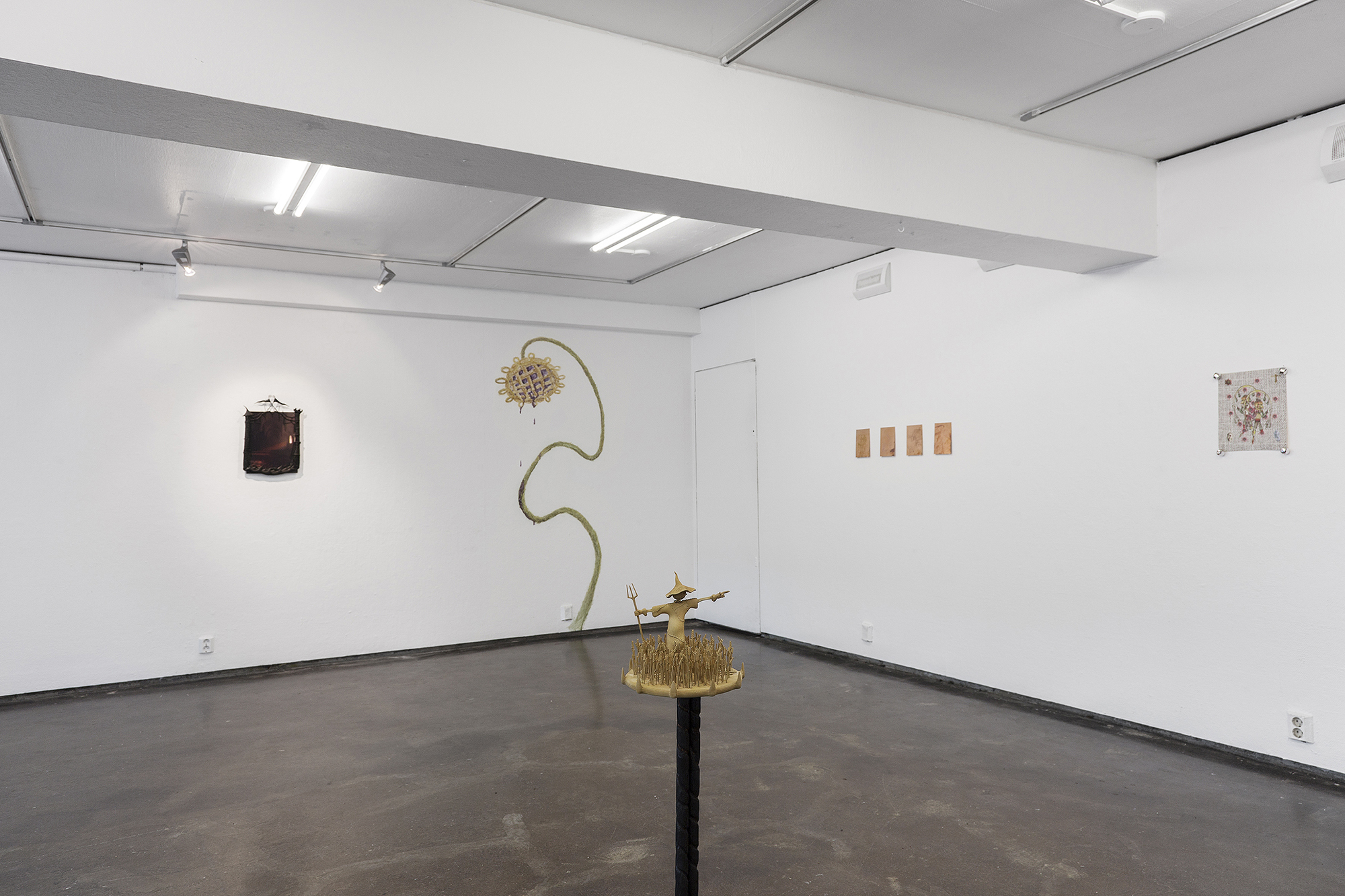
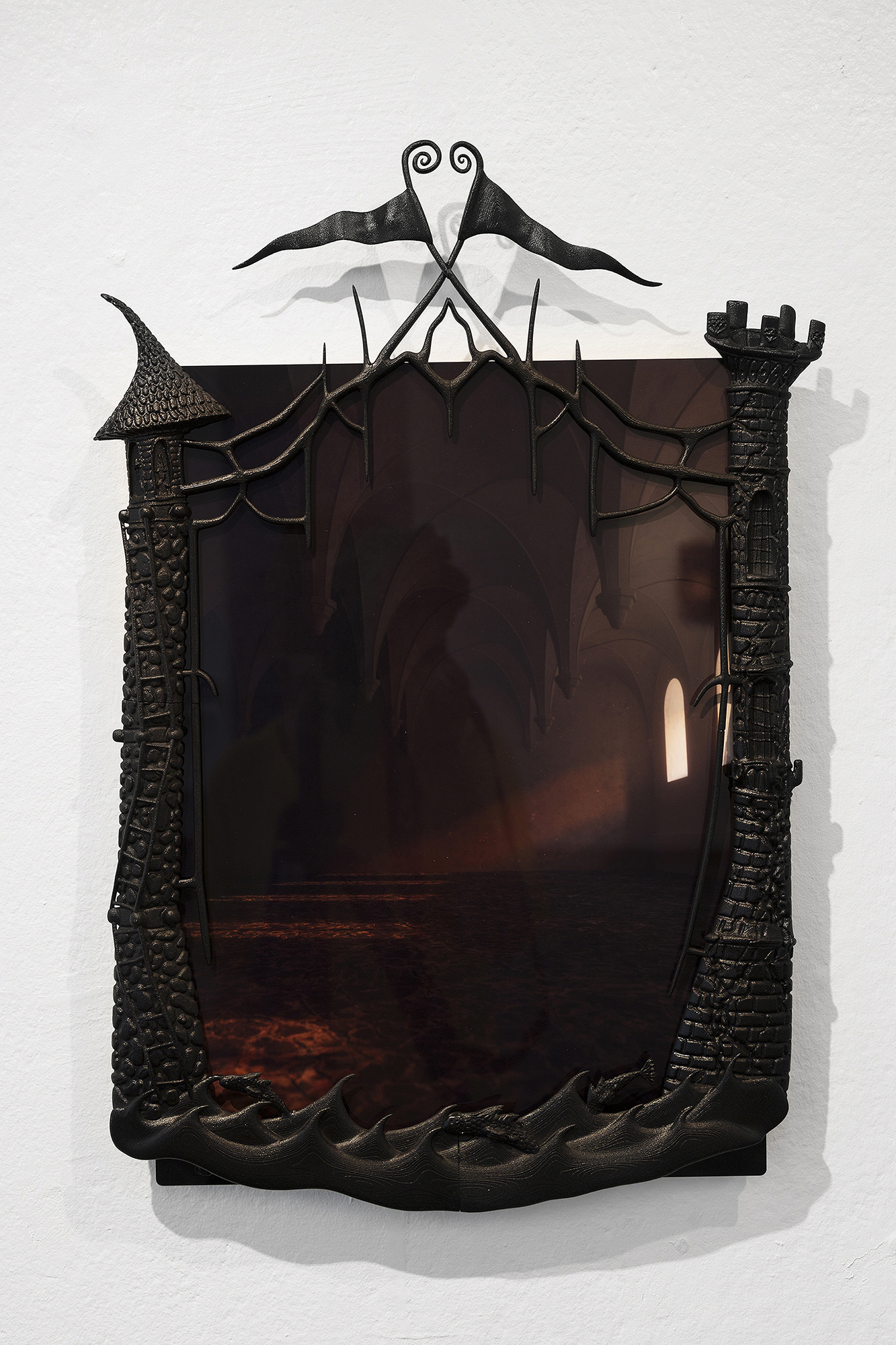
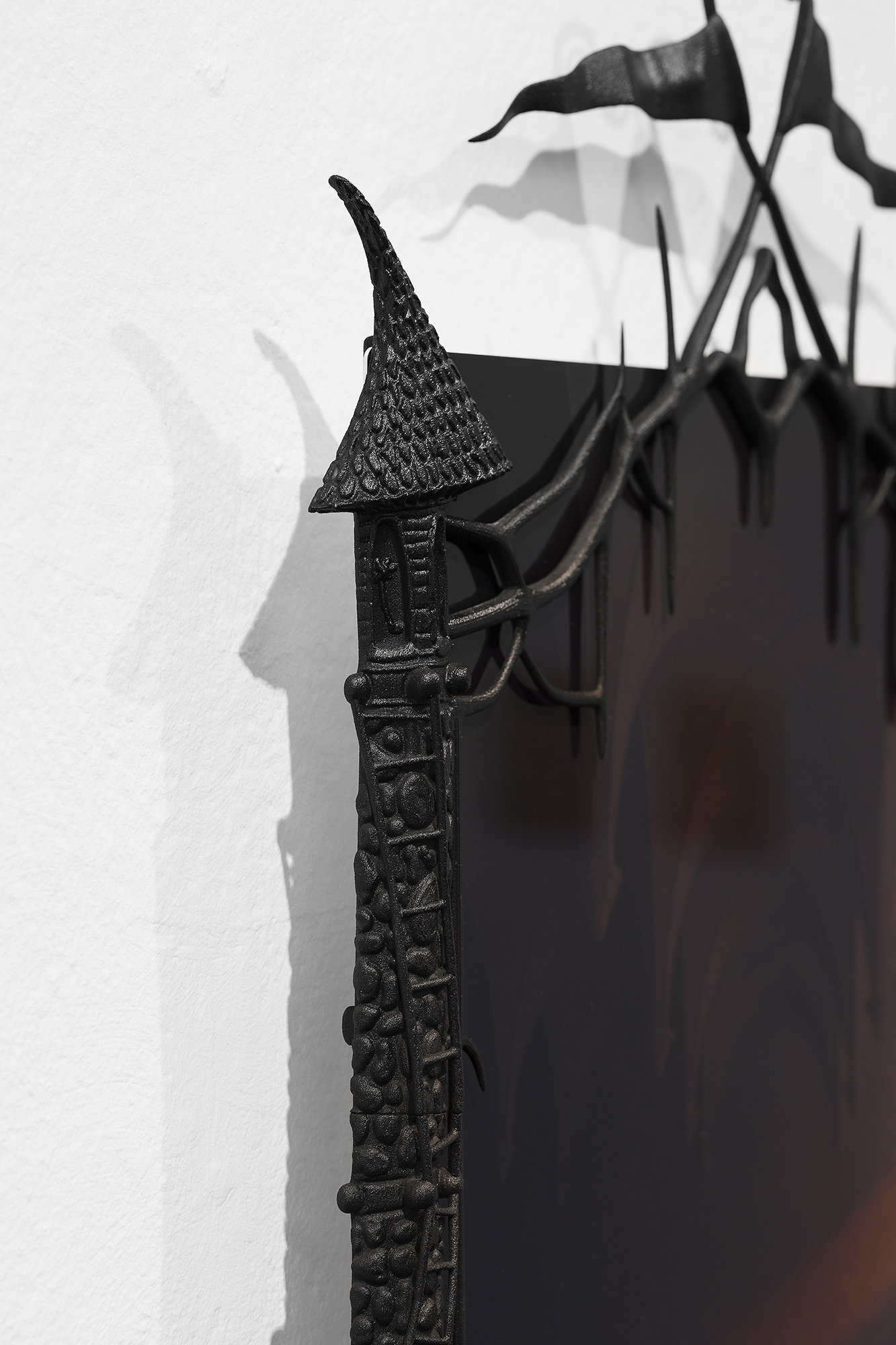
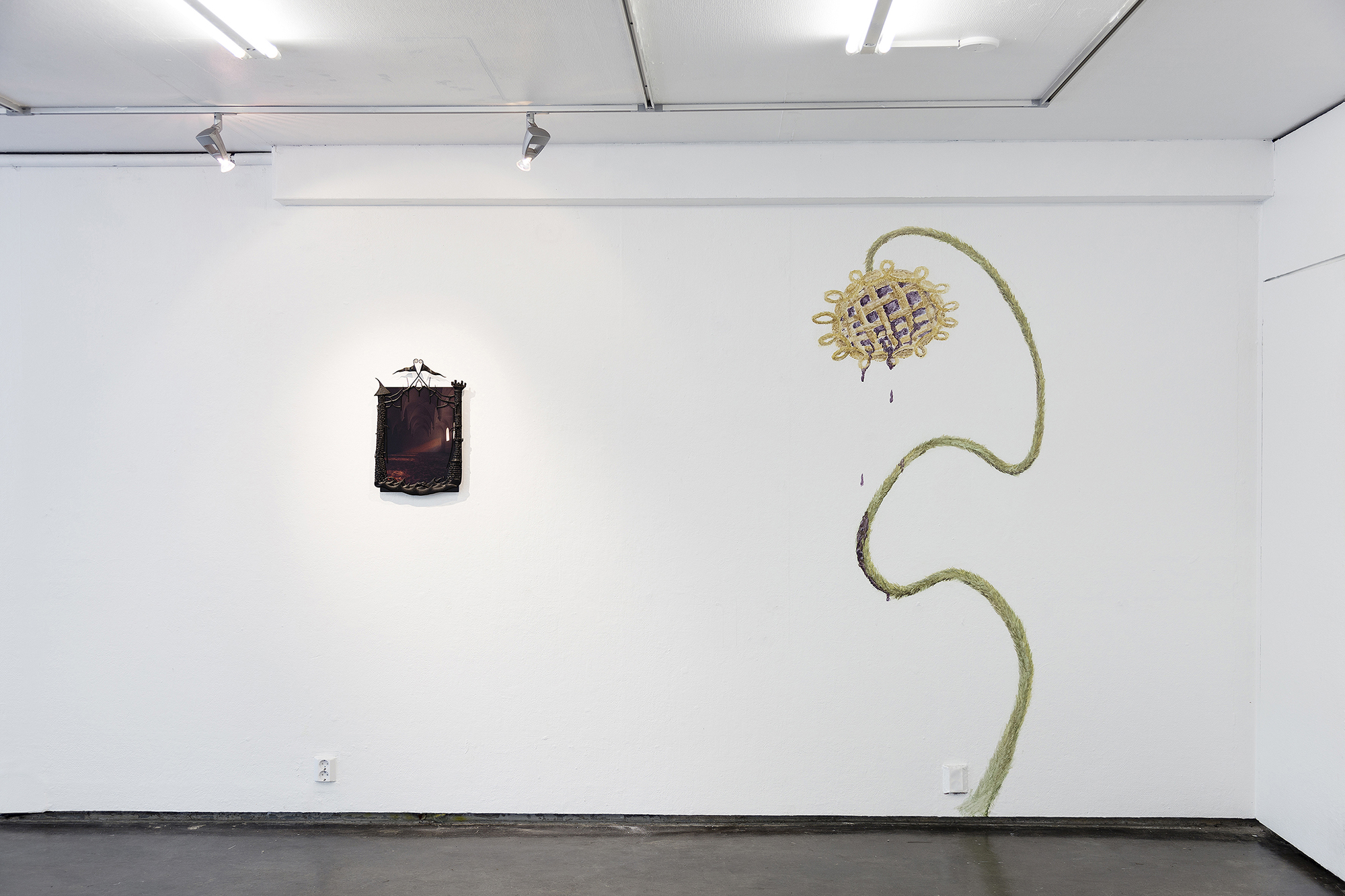
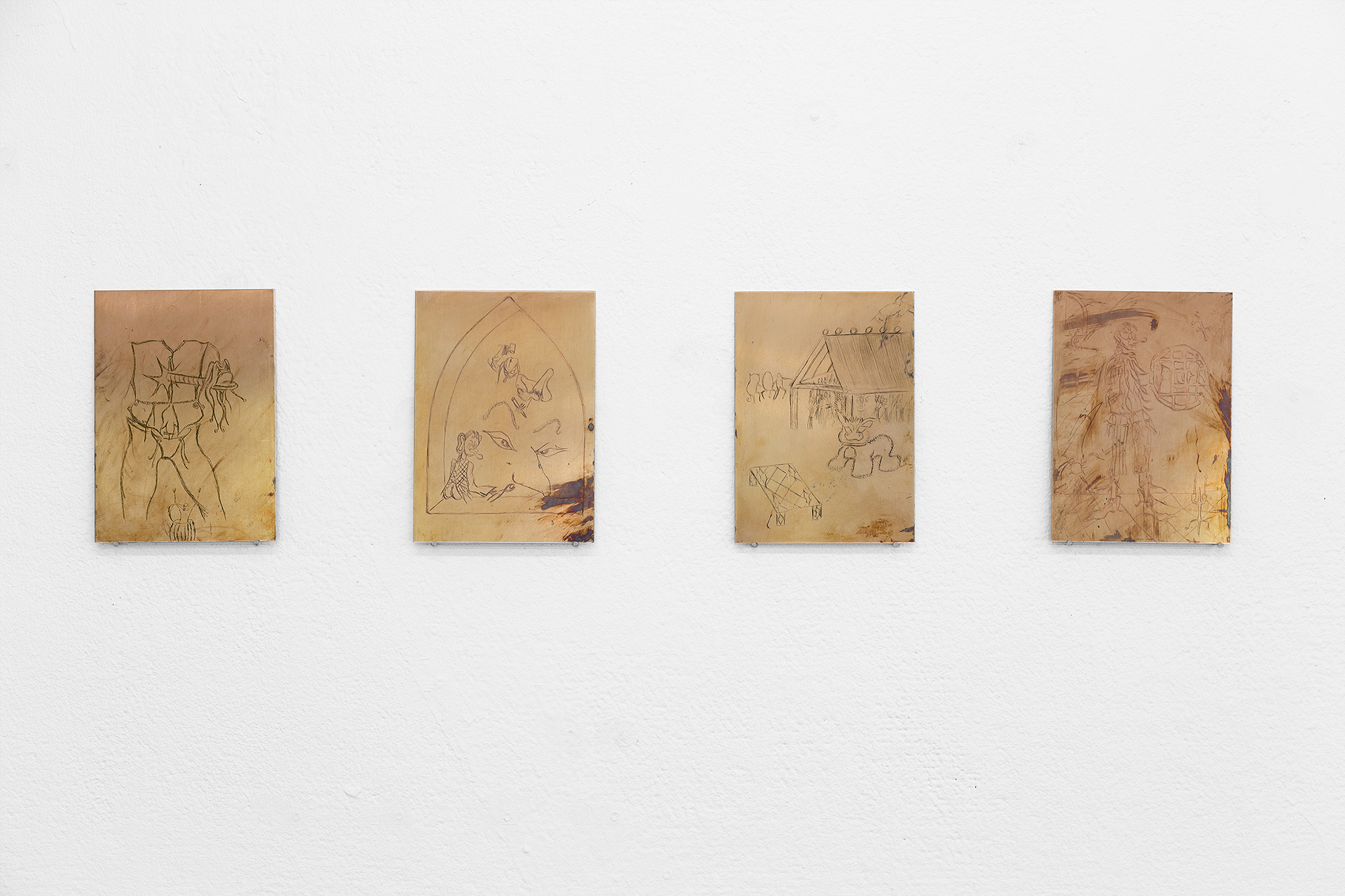
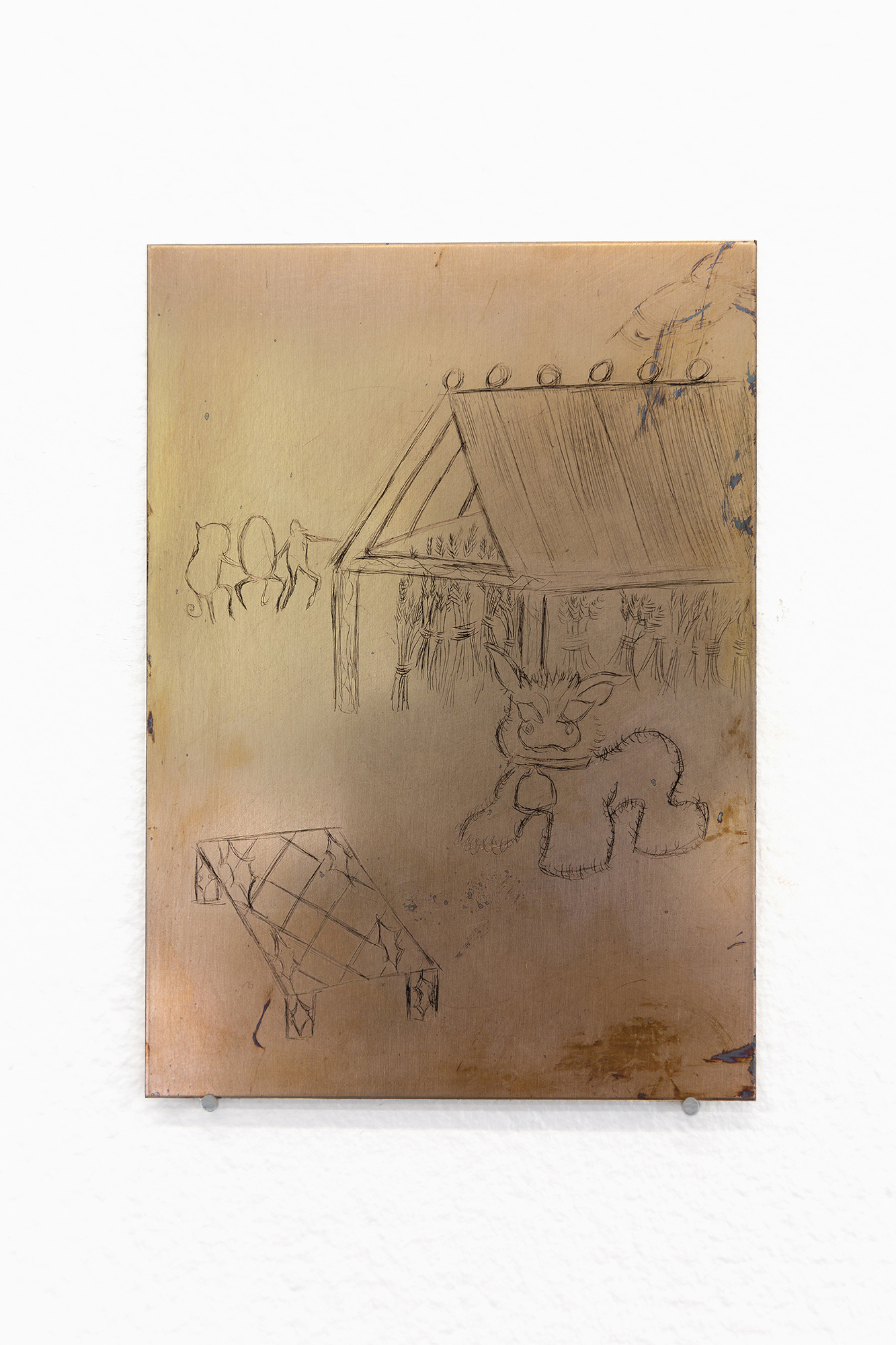
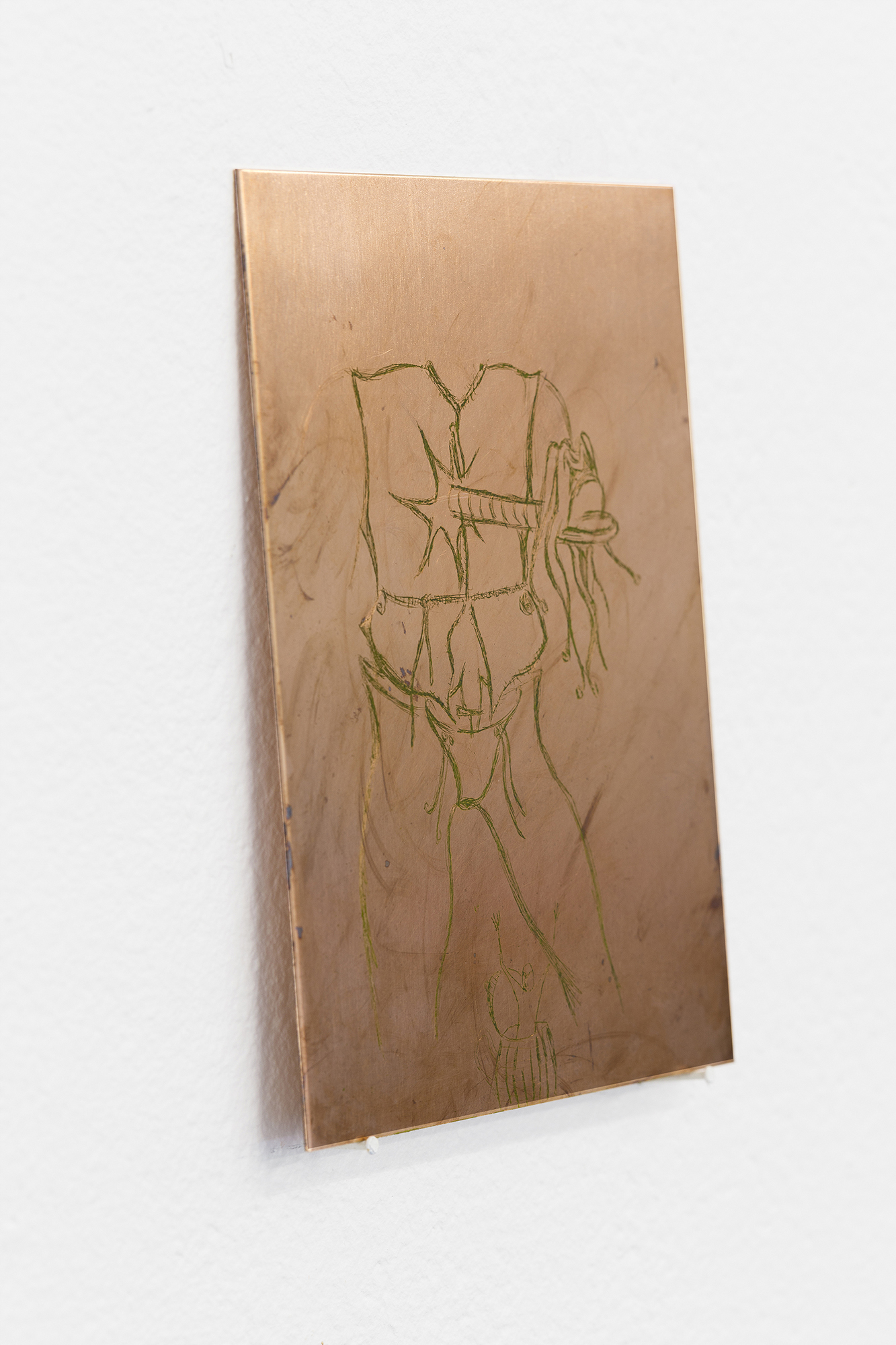
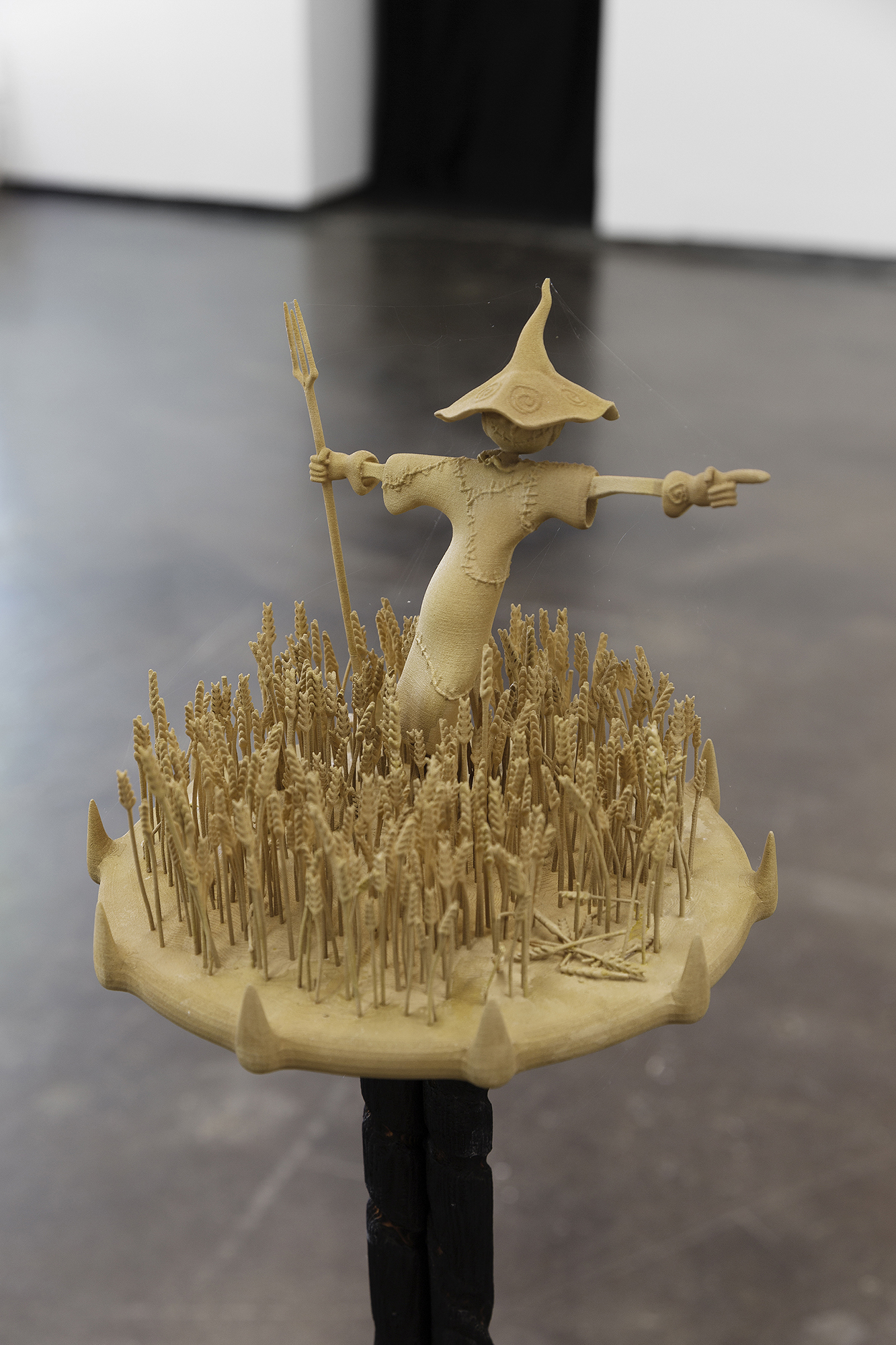
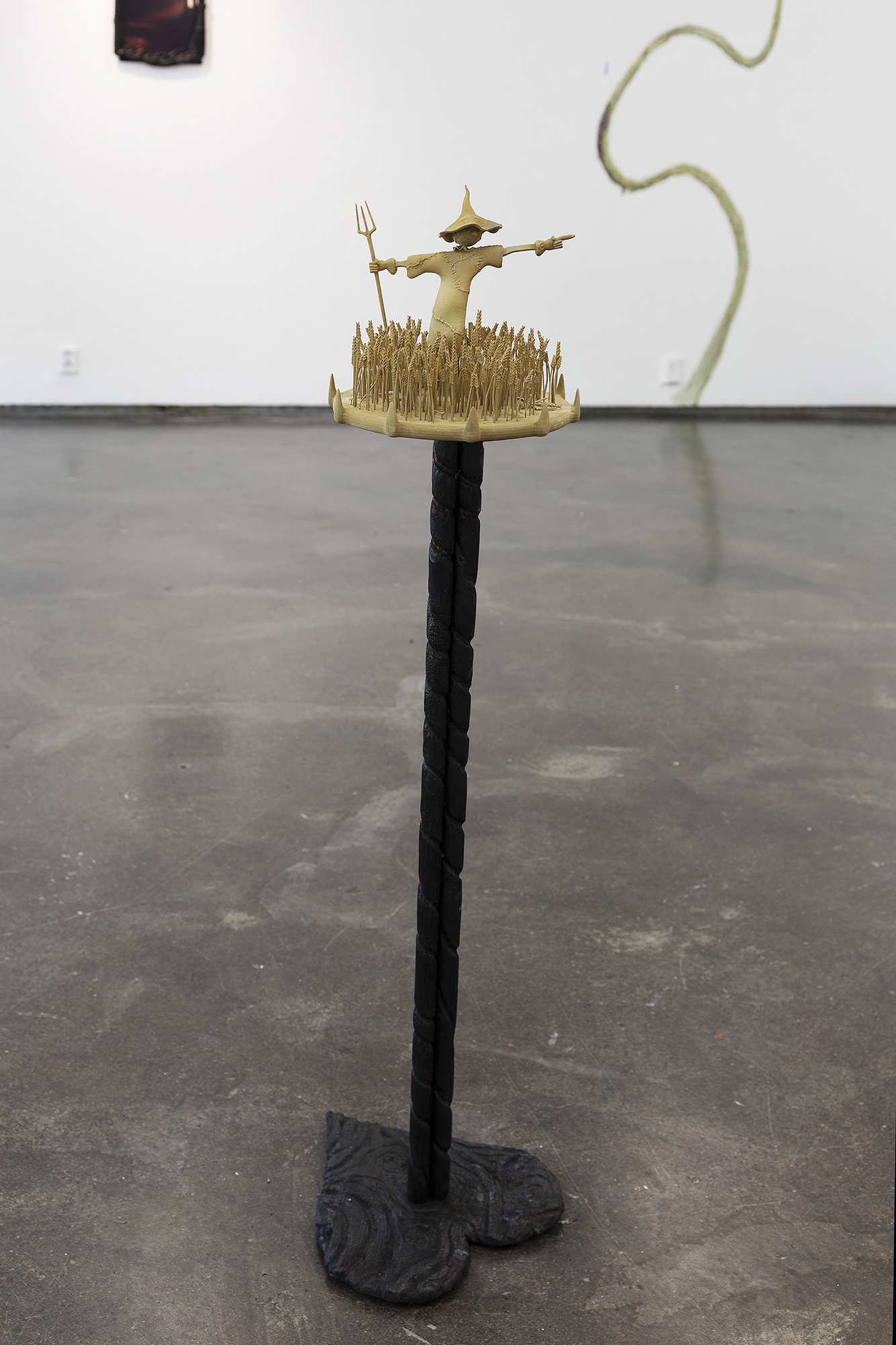
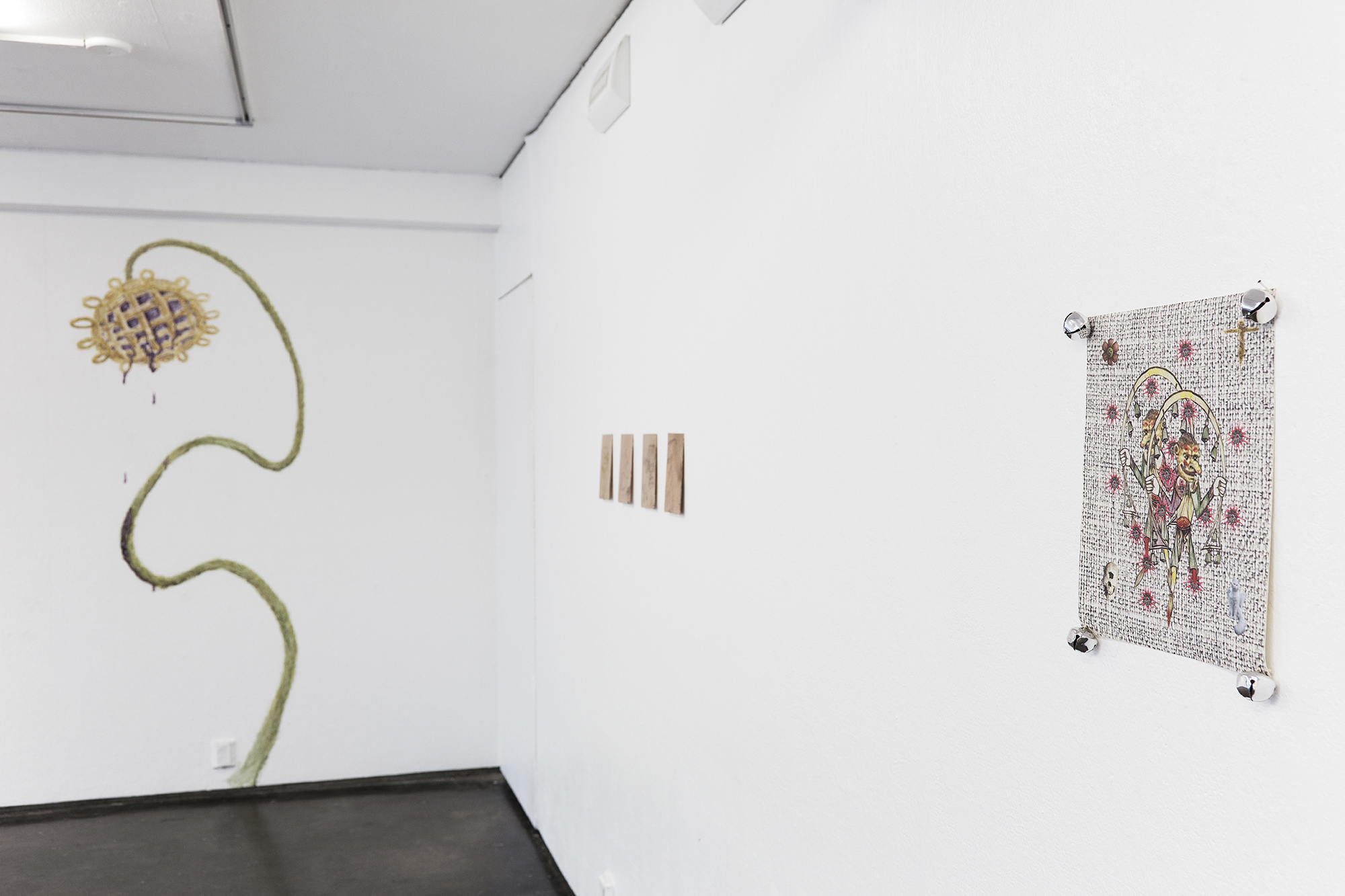
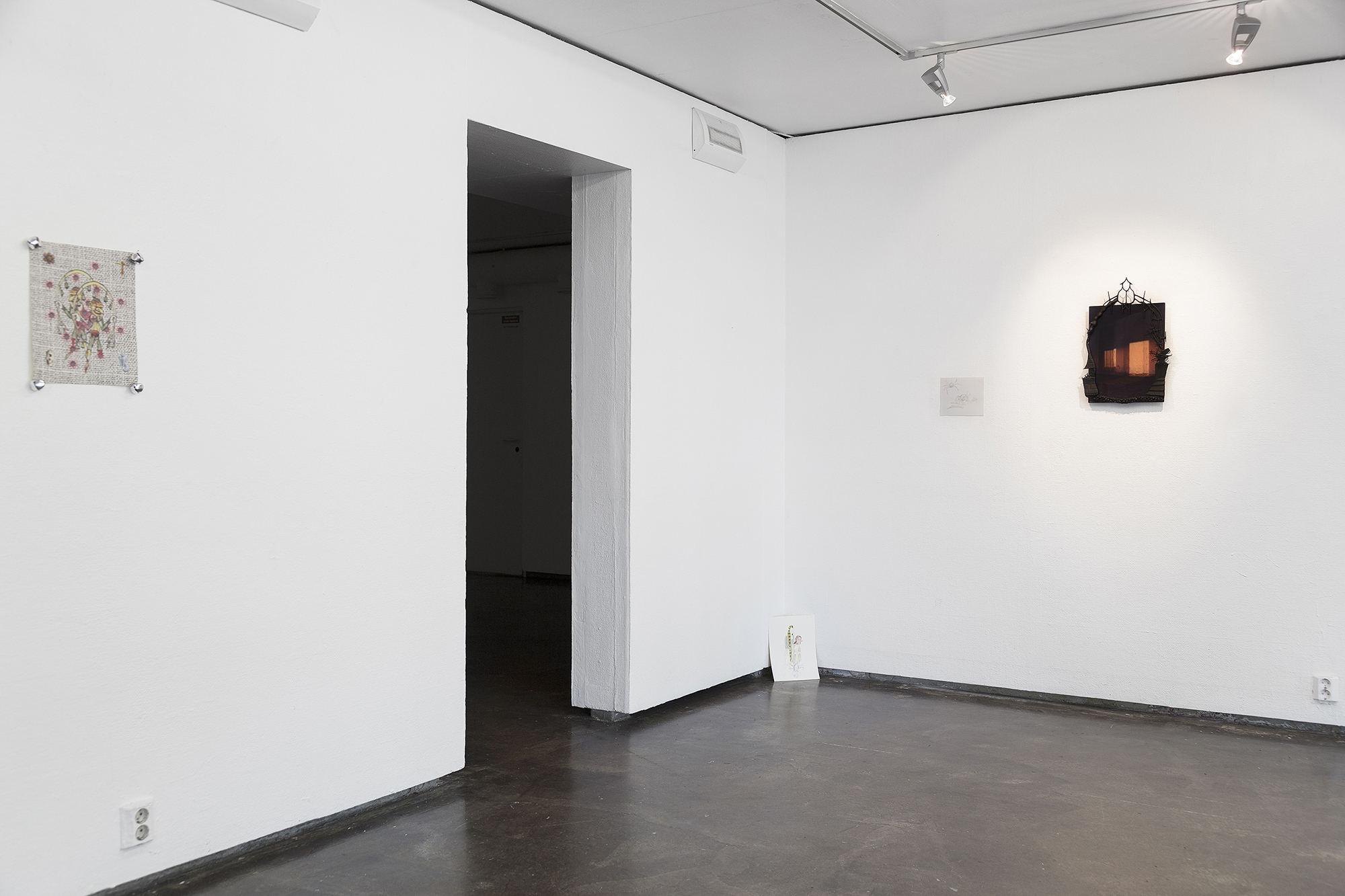
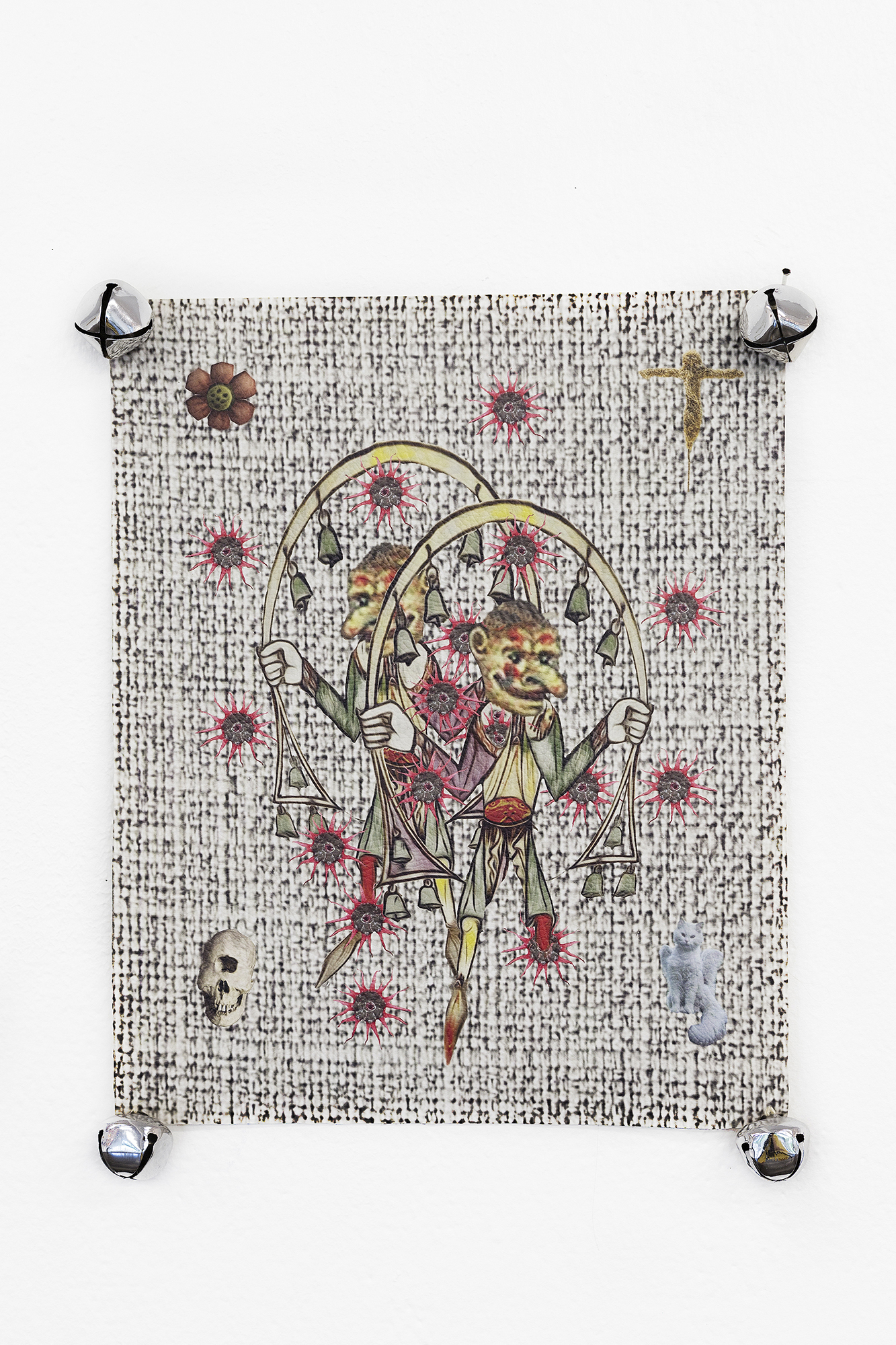
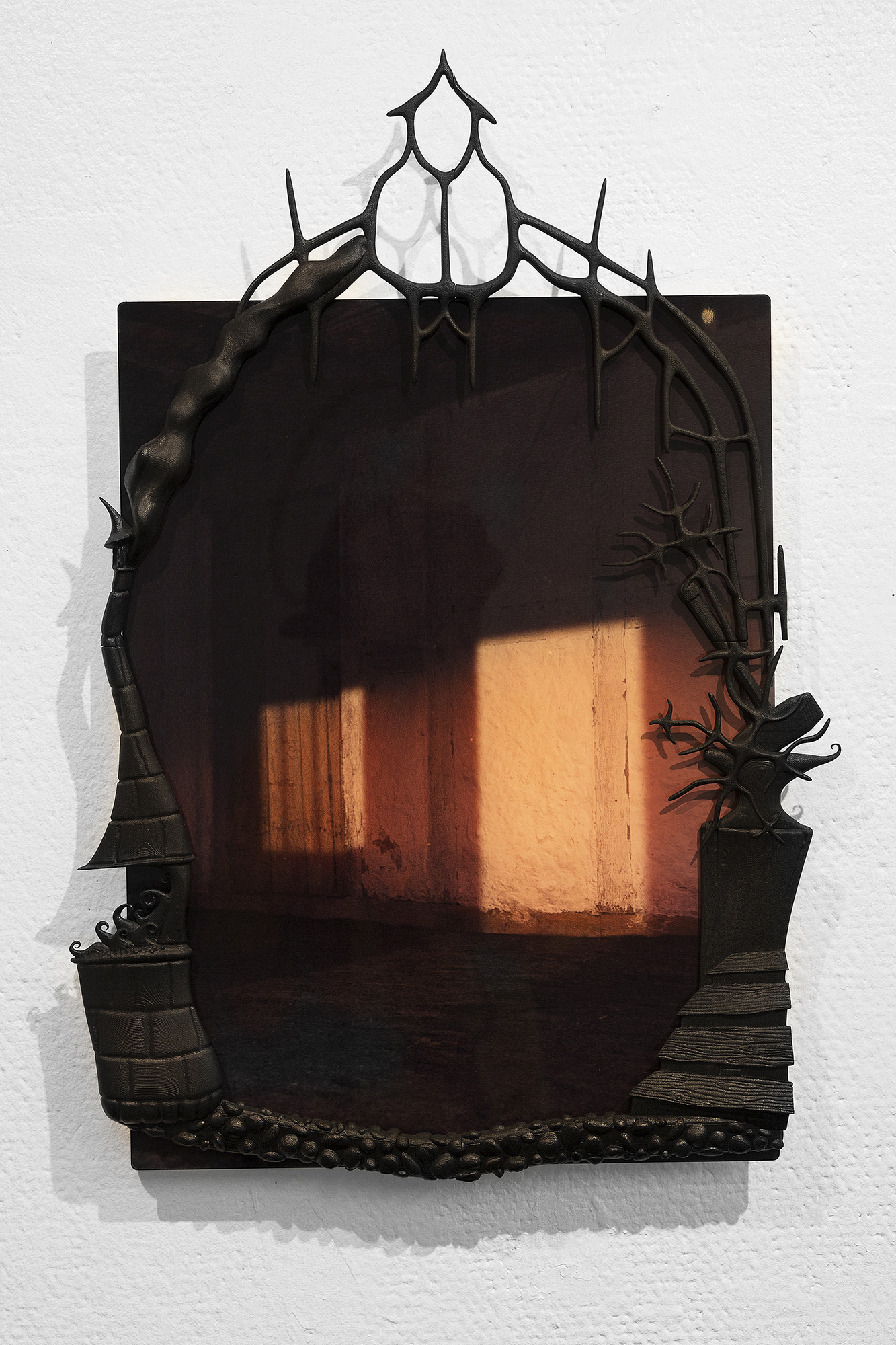
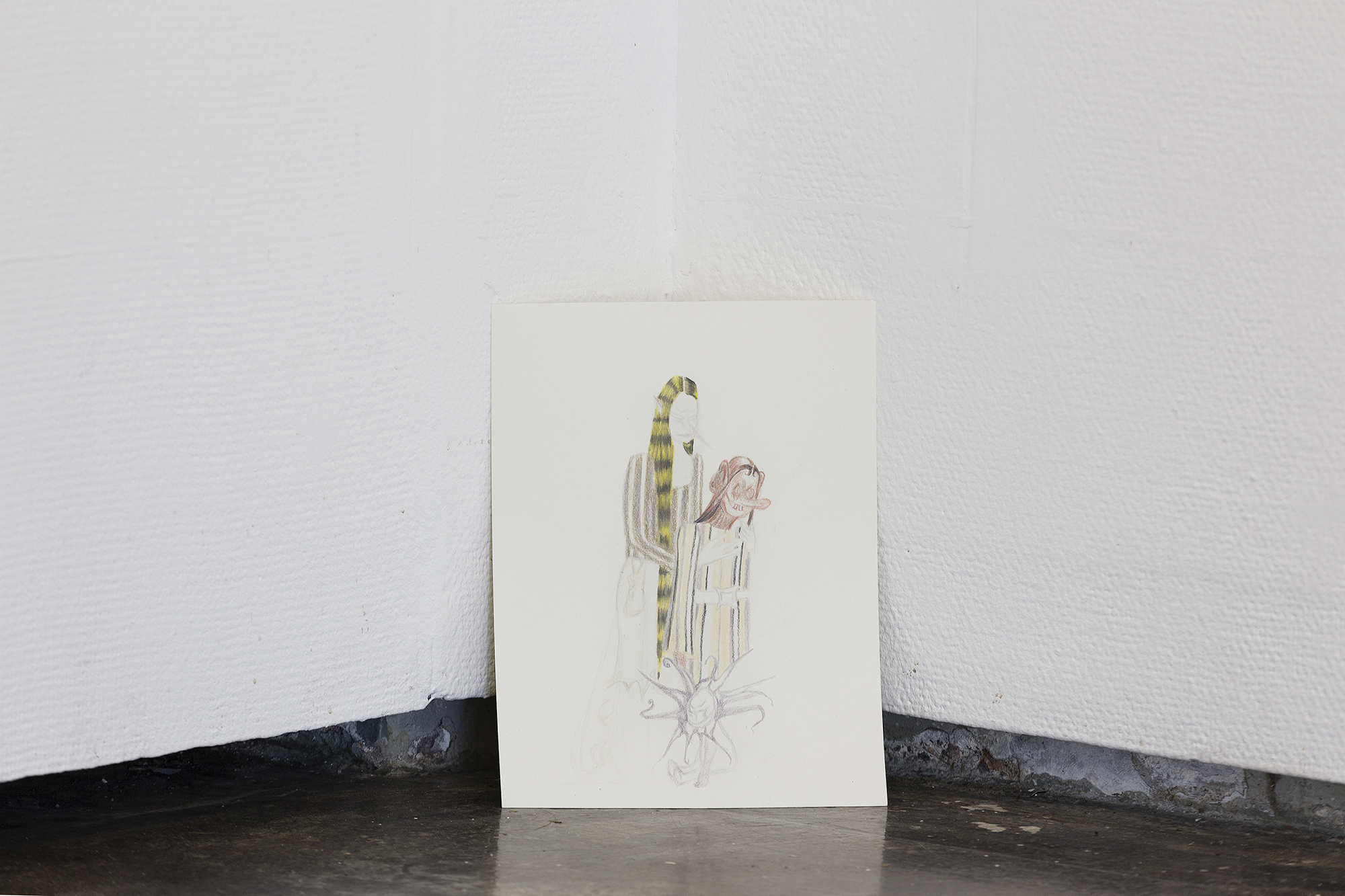
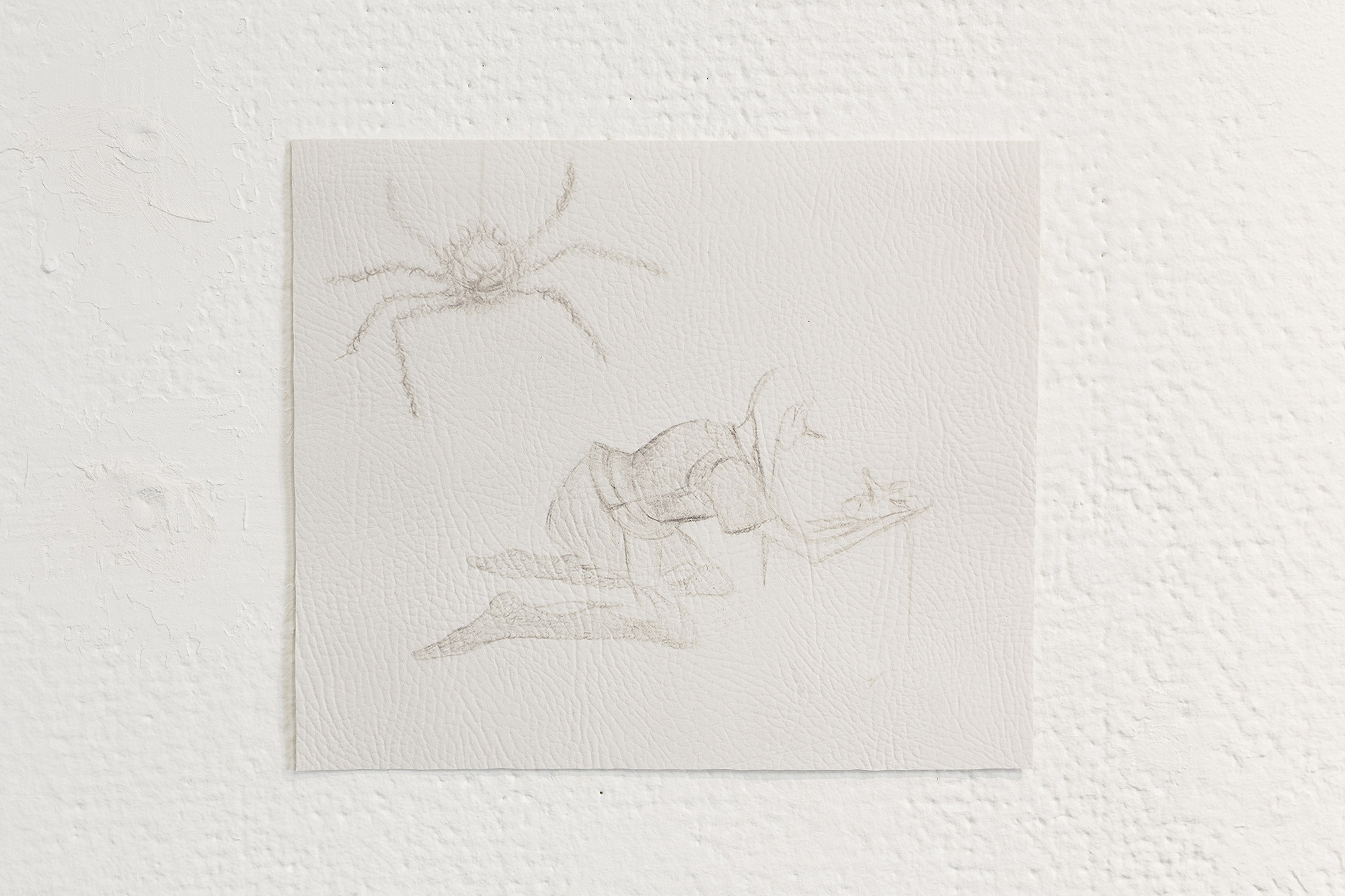
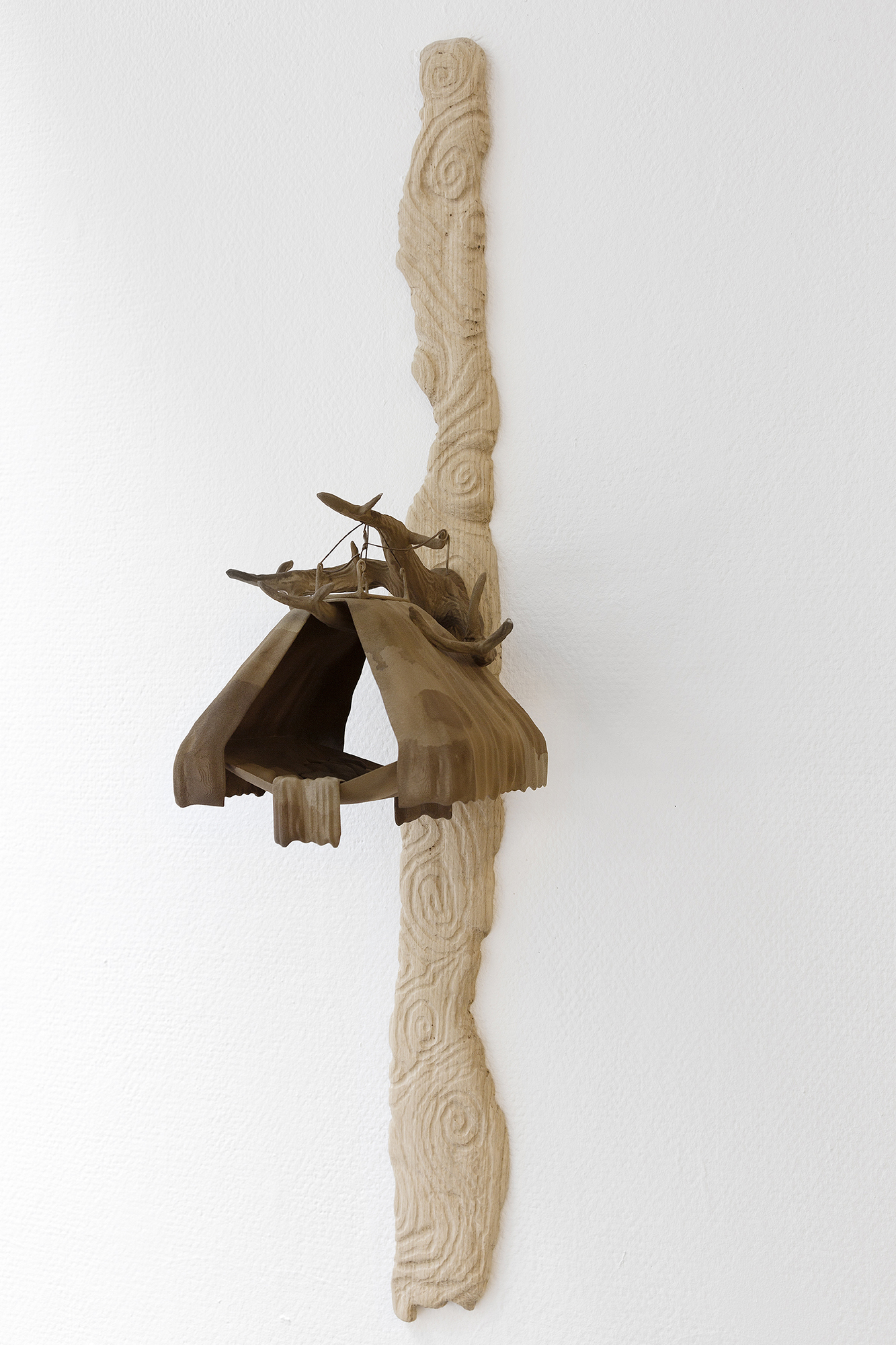
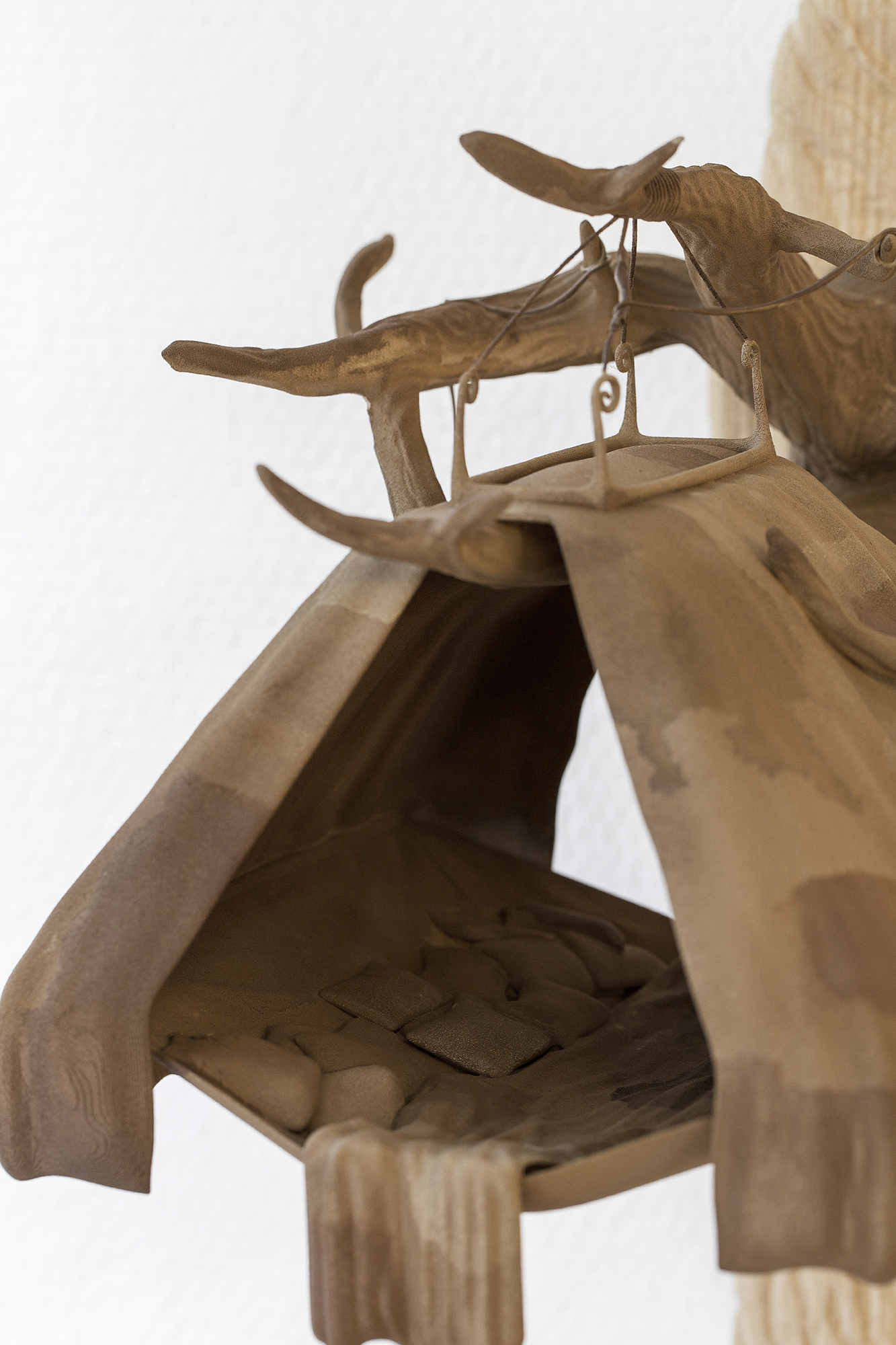
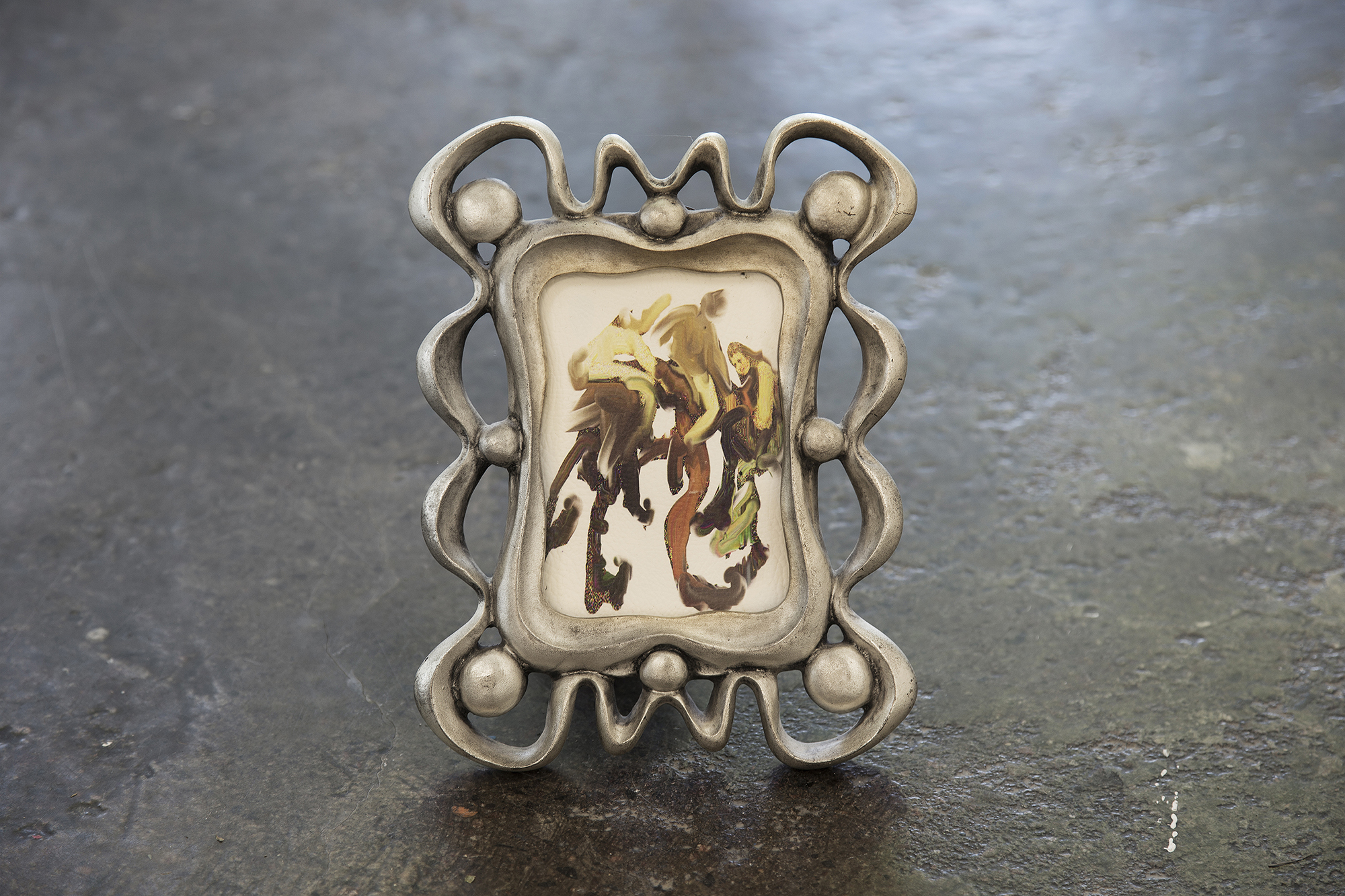
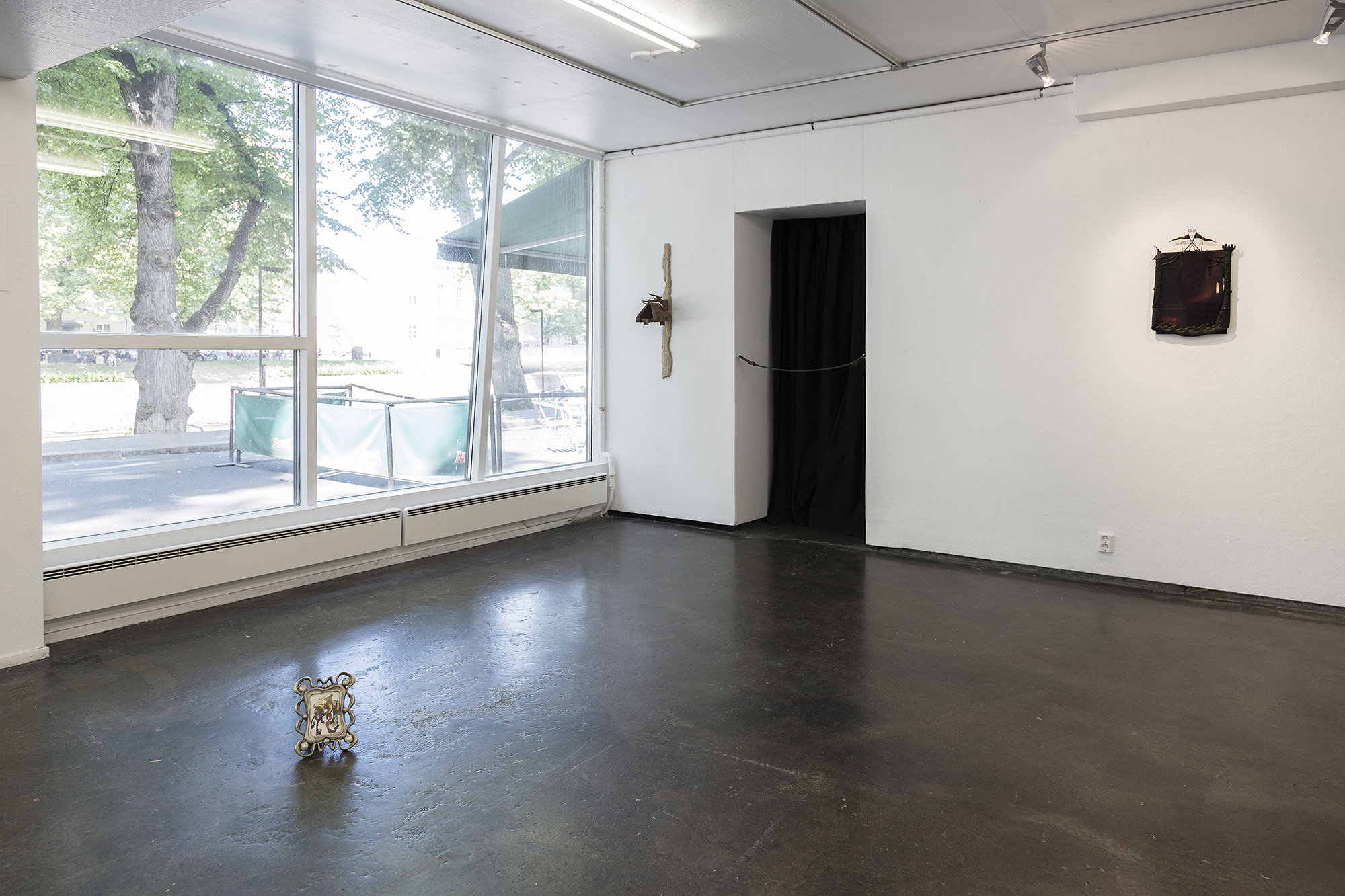
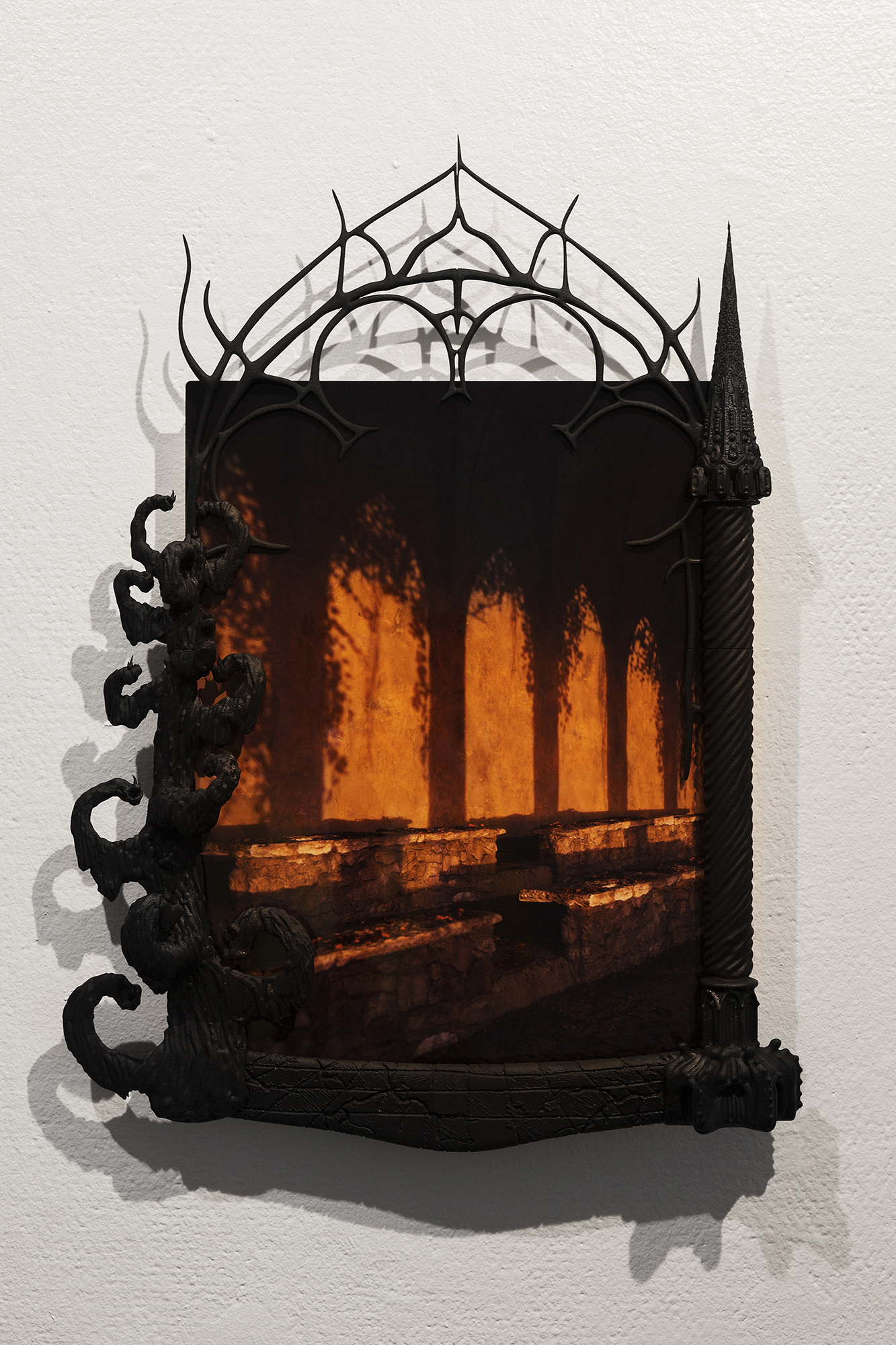
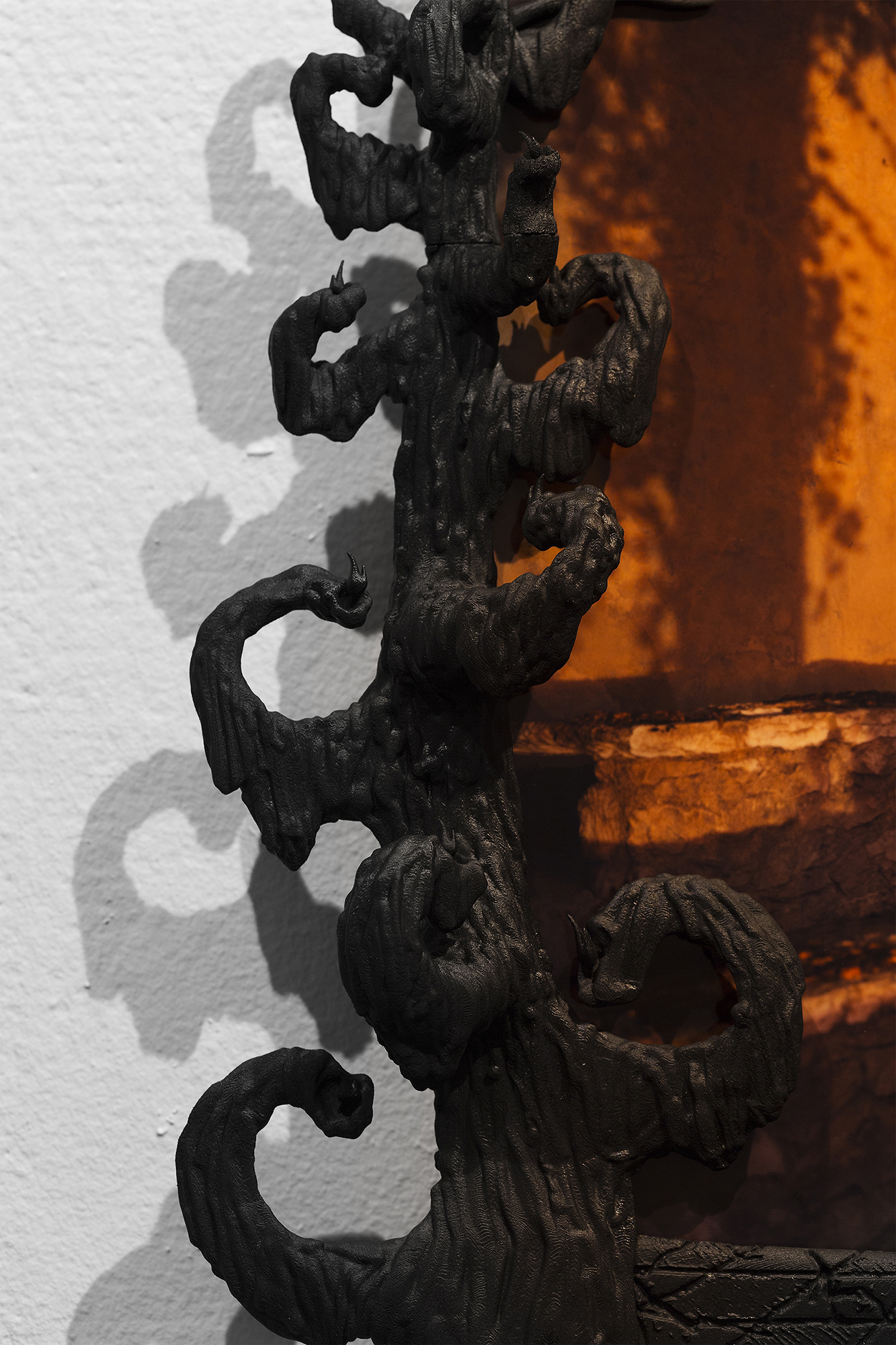
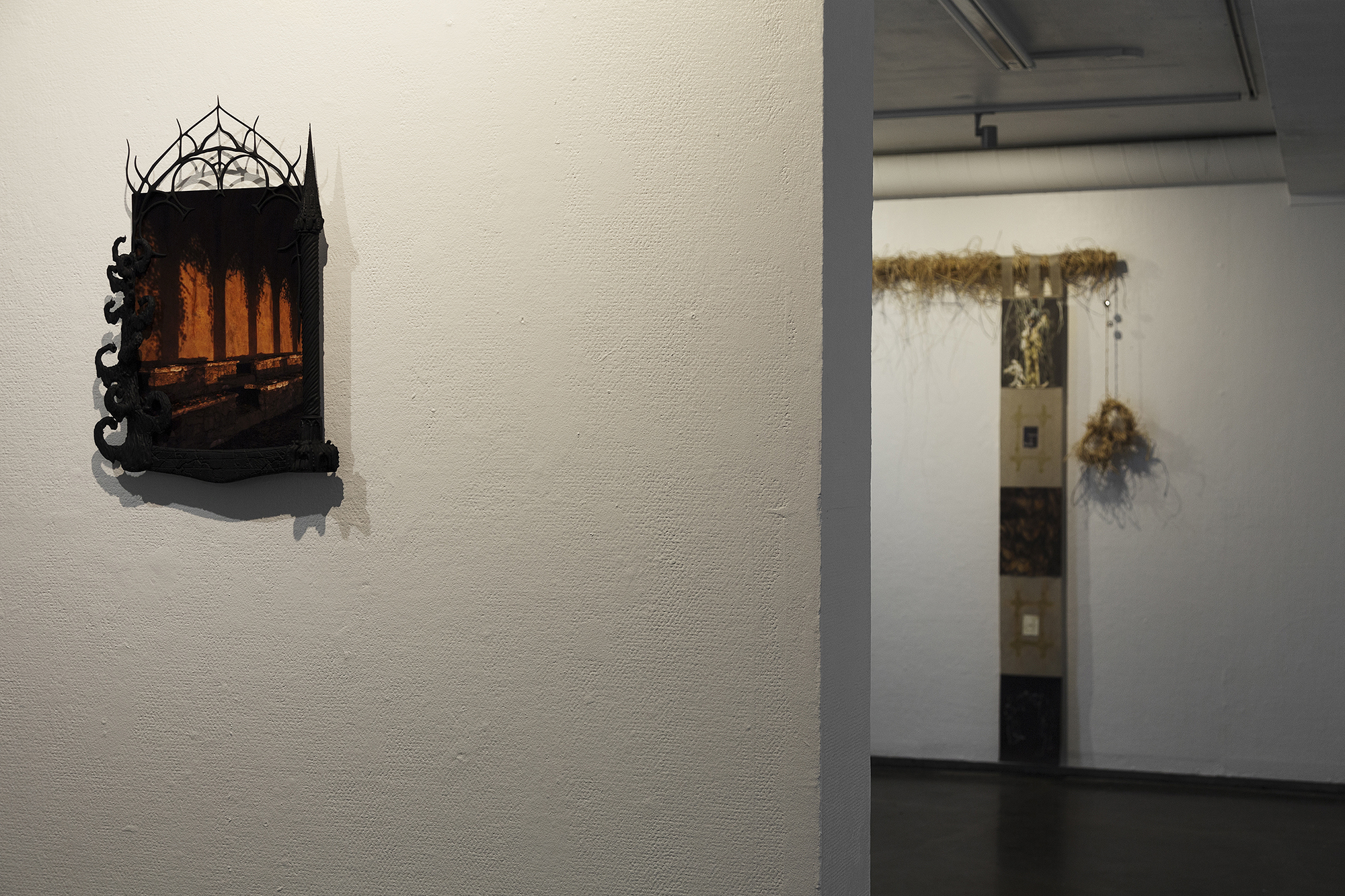
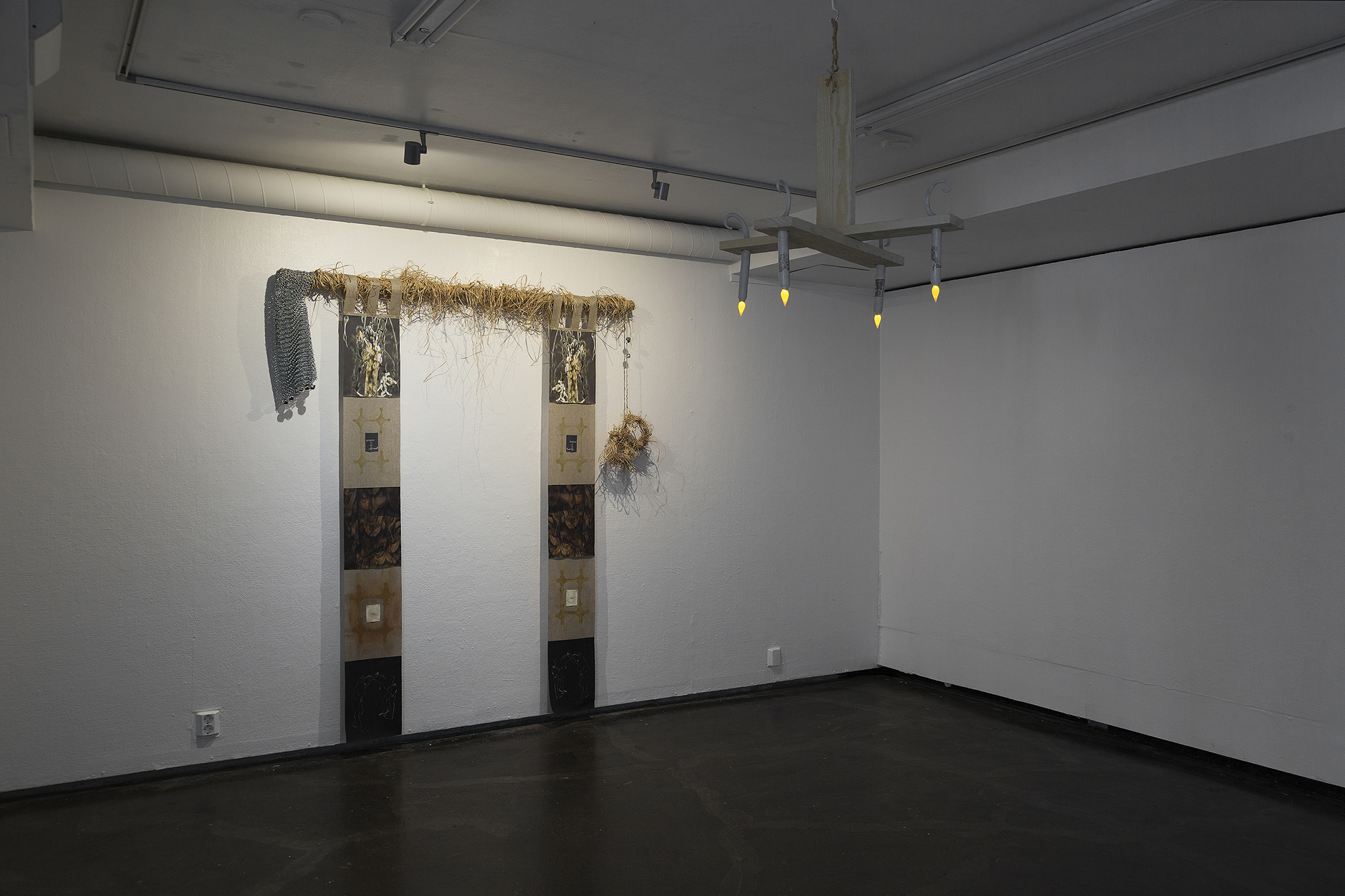
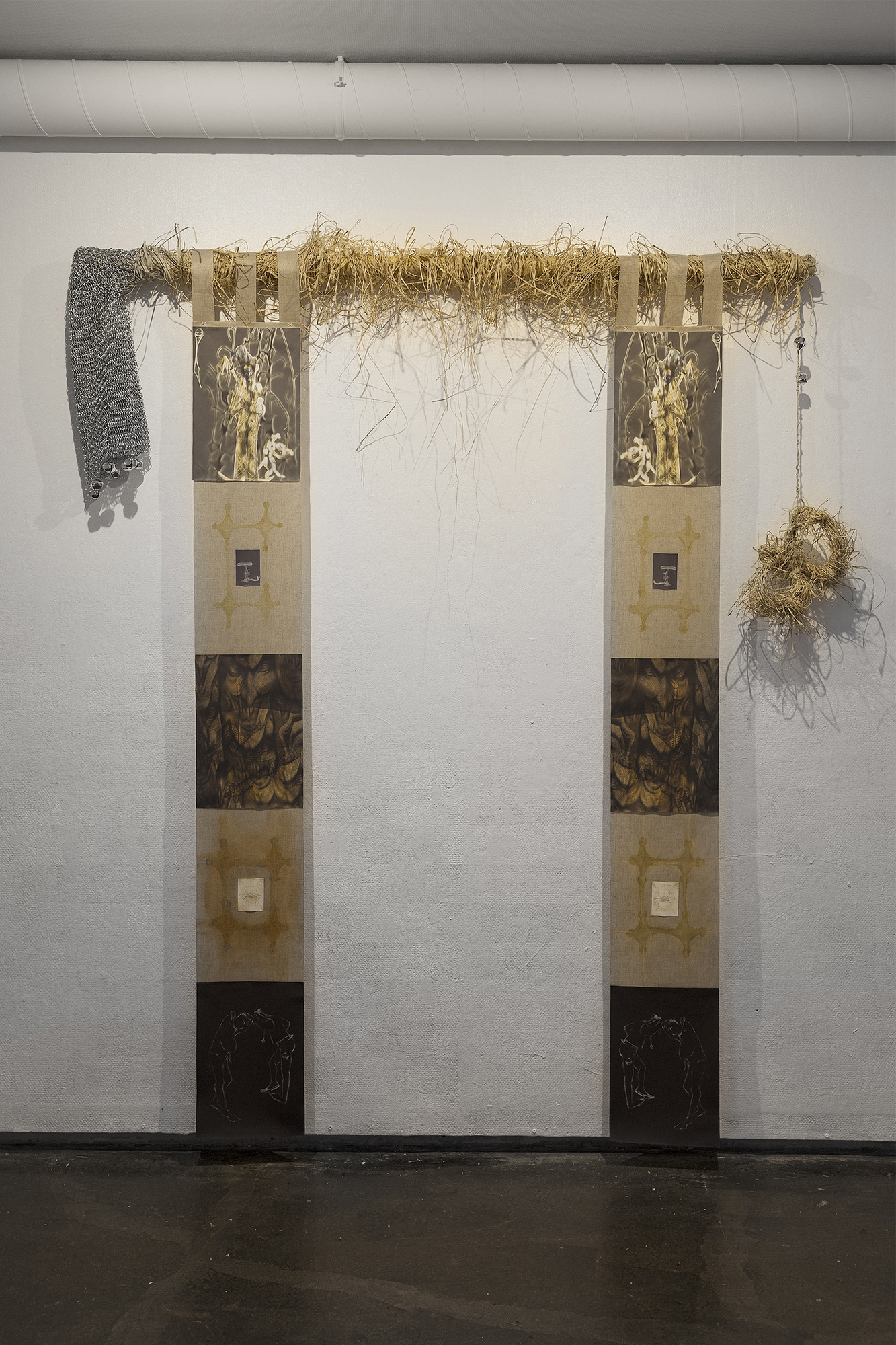
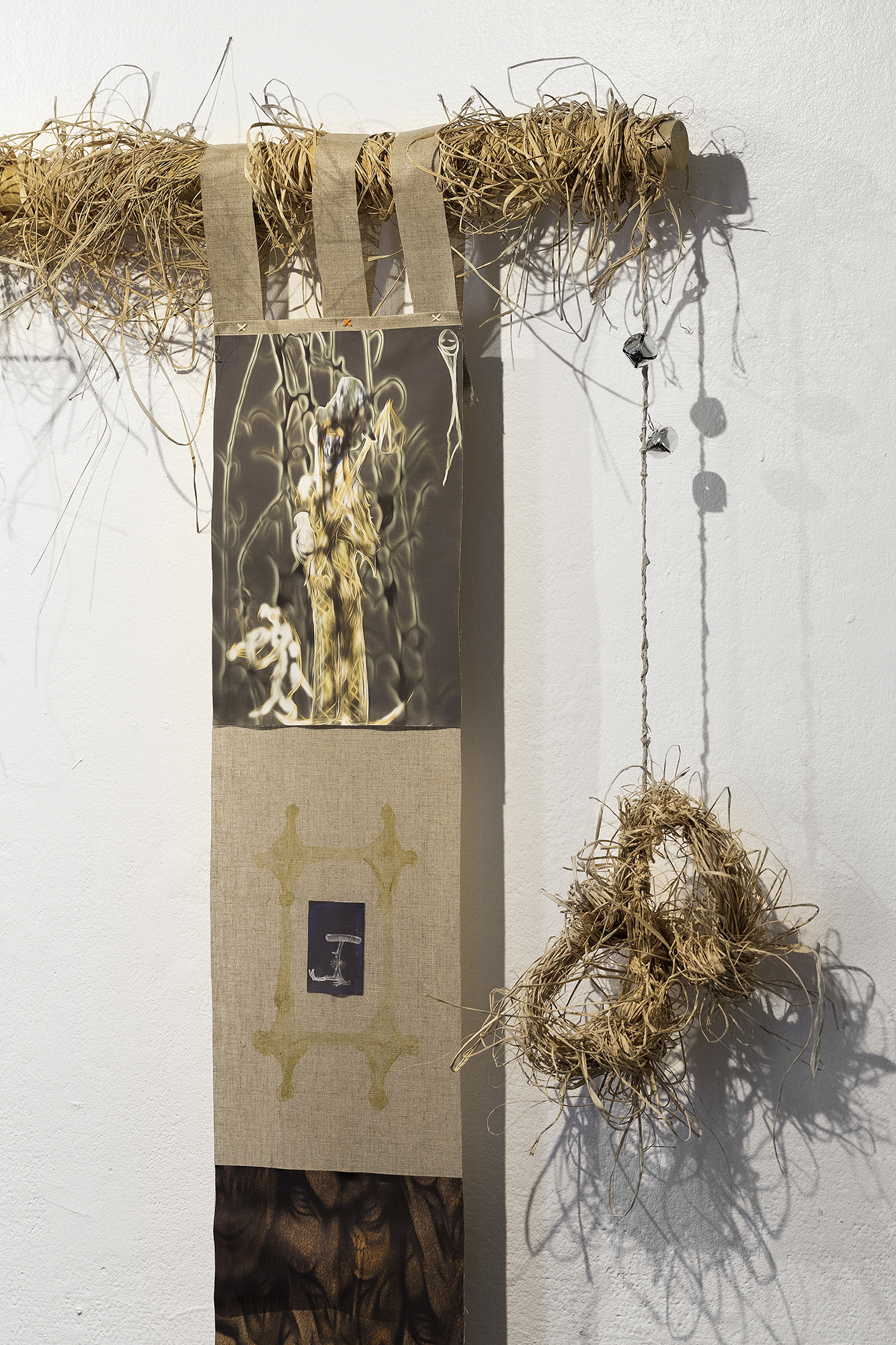
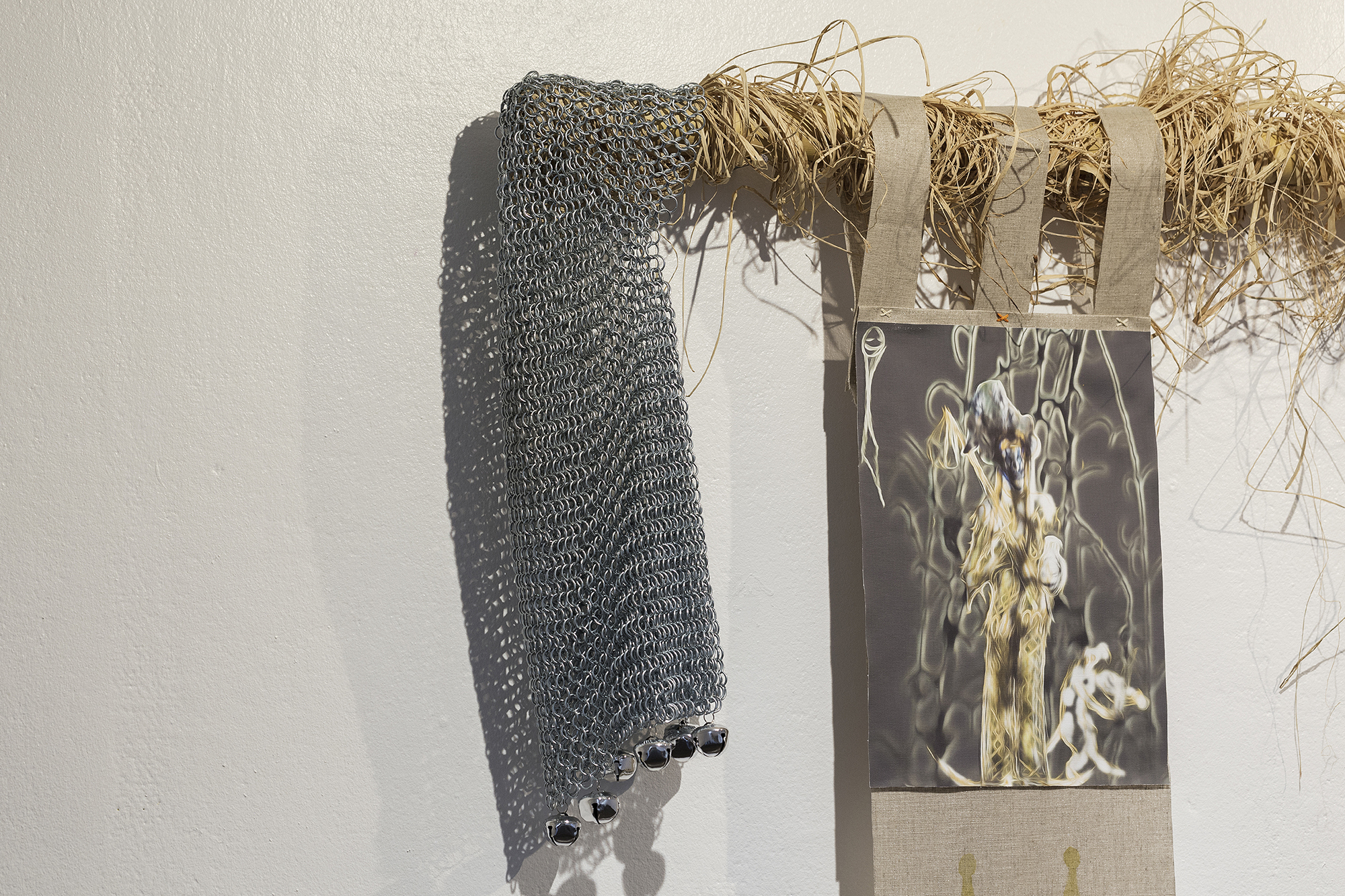
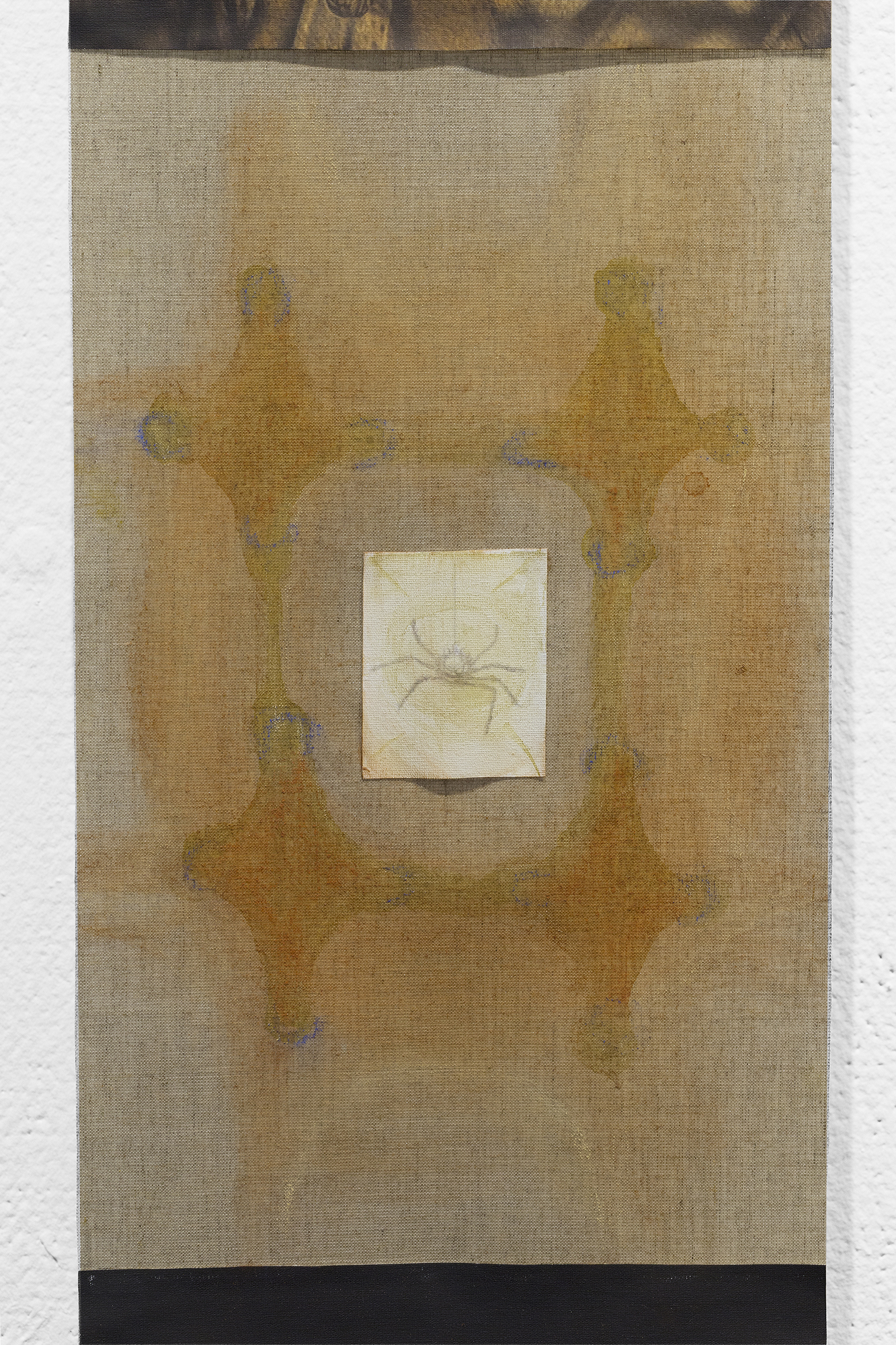
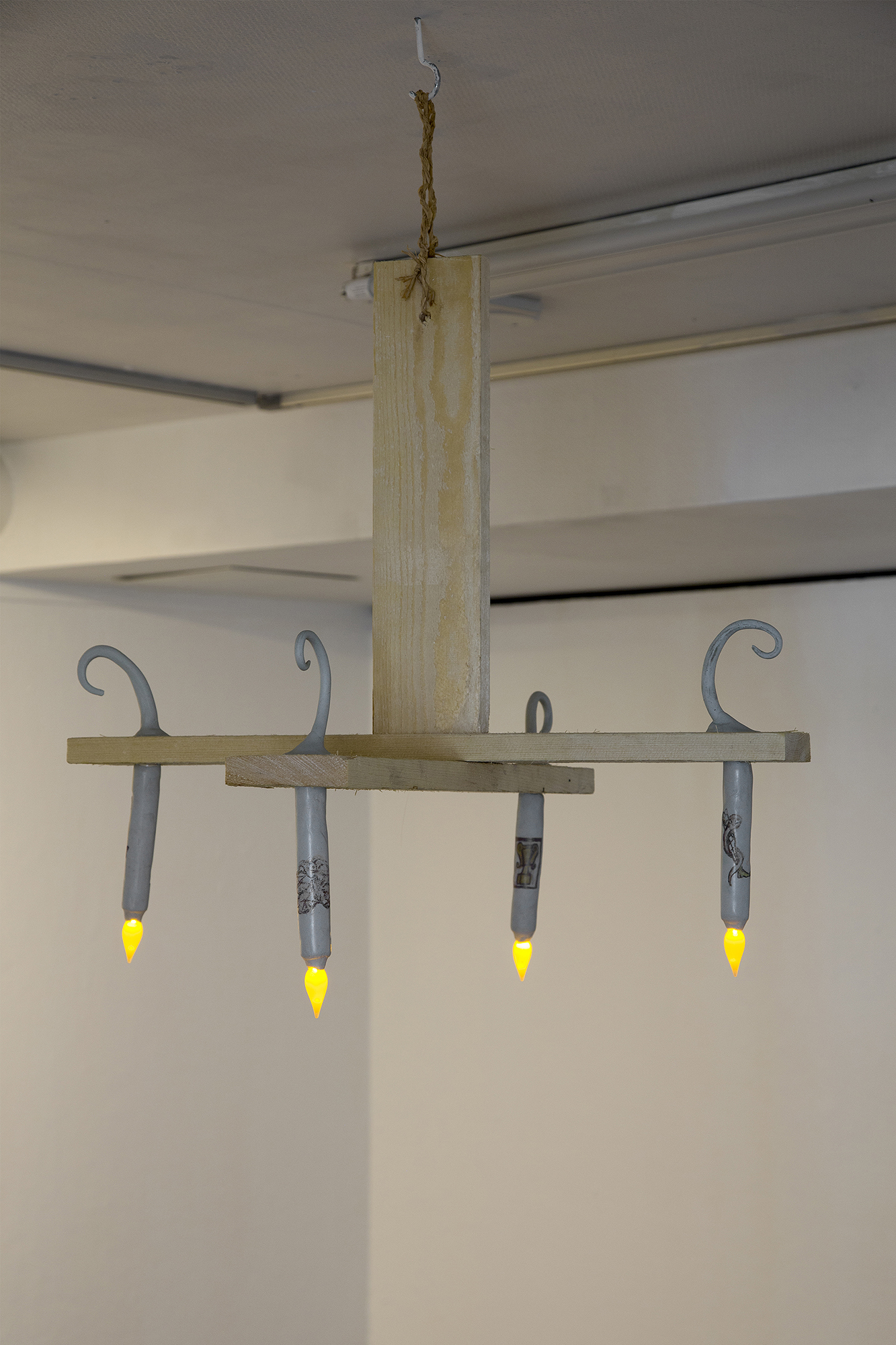
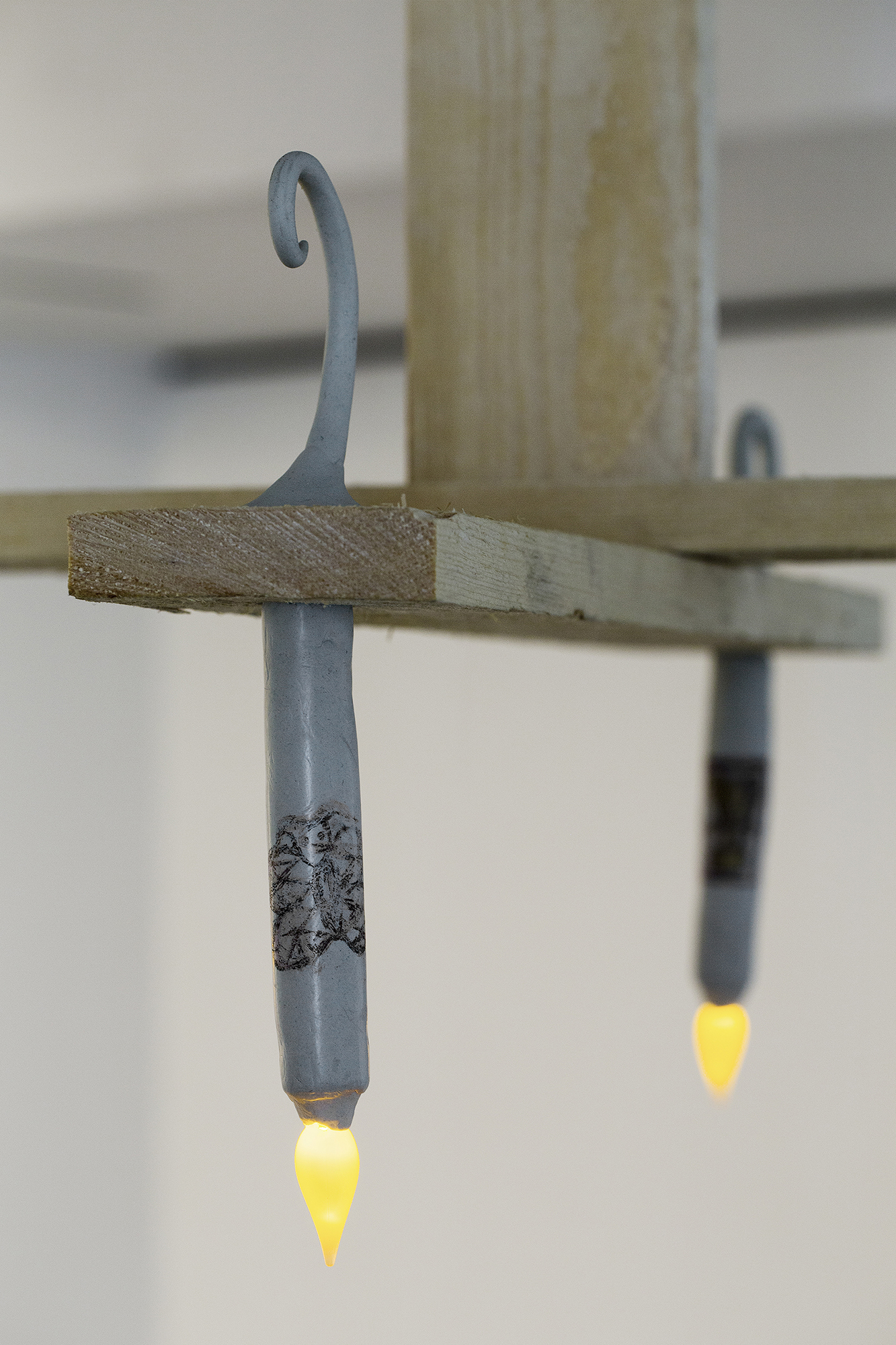
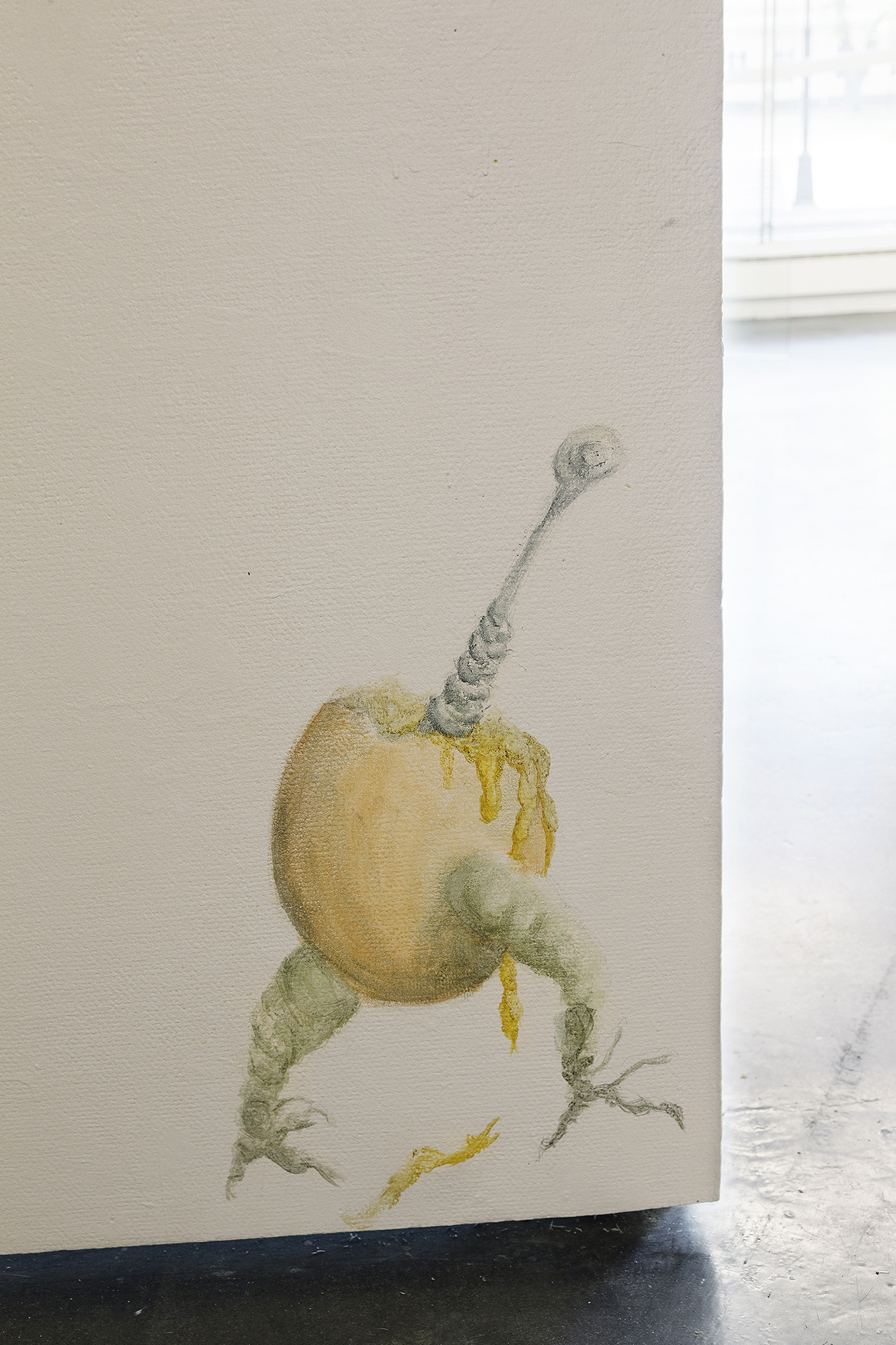
OFLUXO is proudly powered by WordPress
